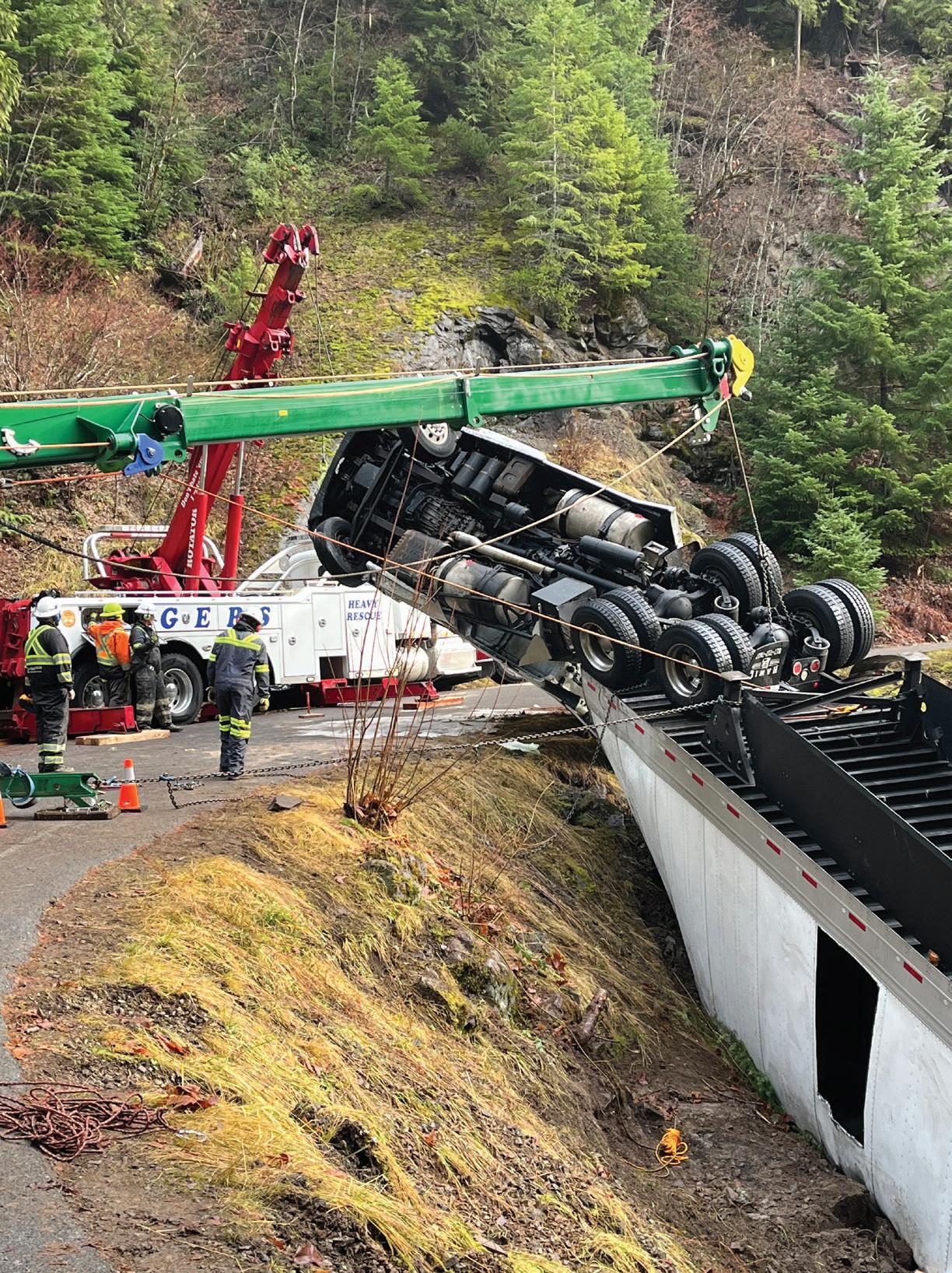
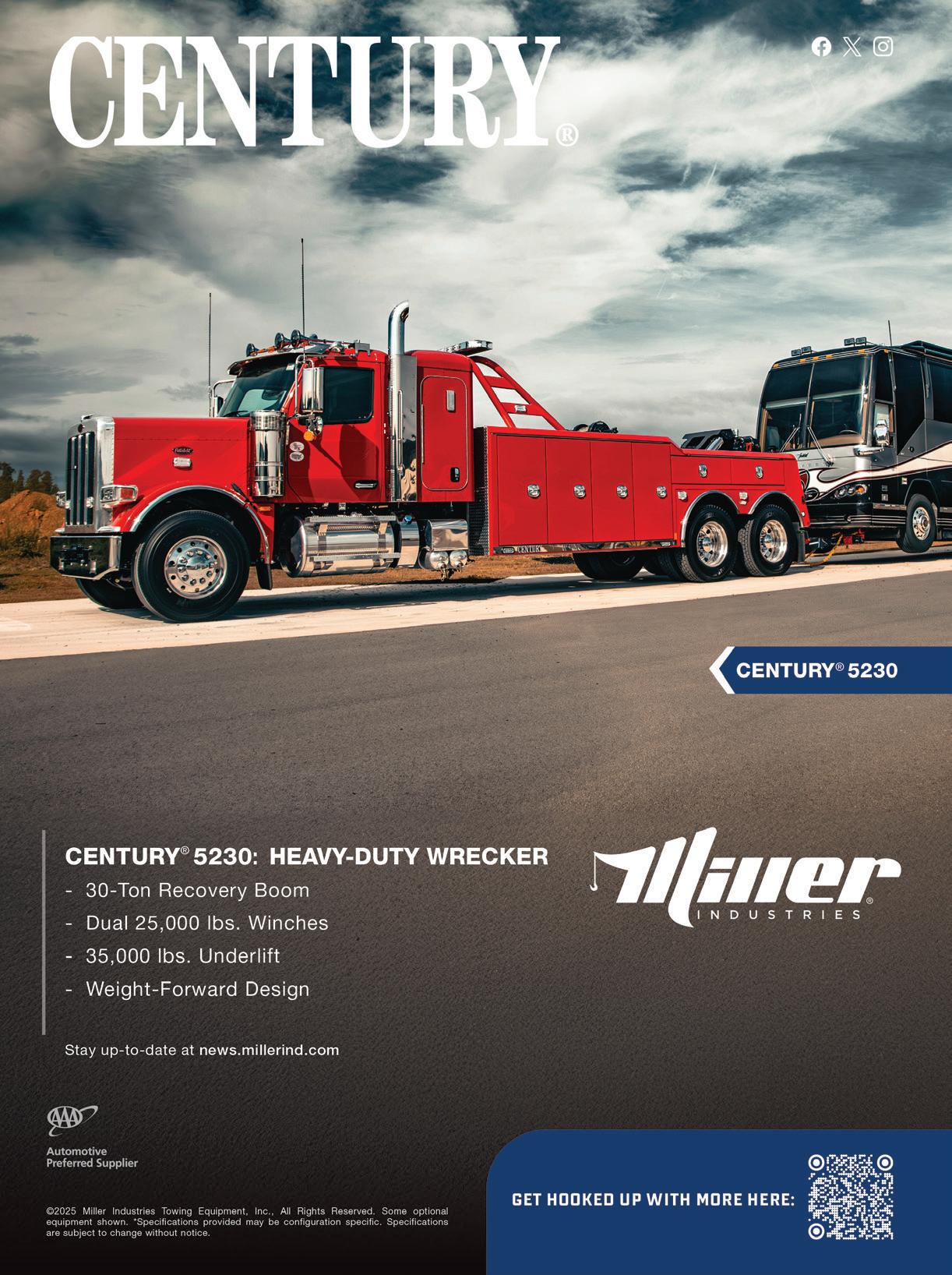
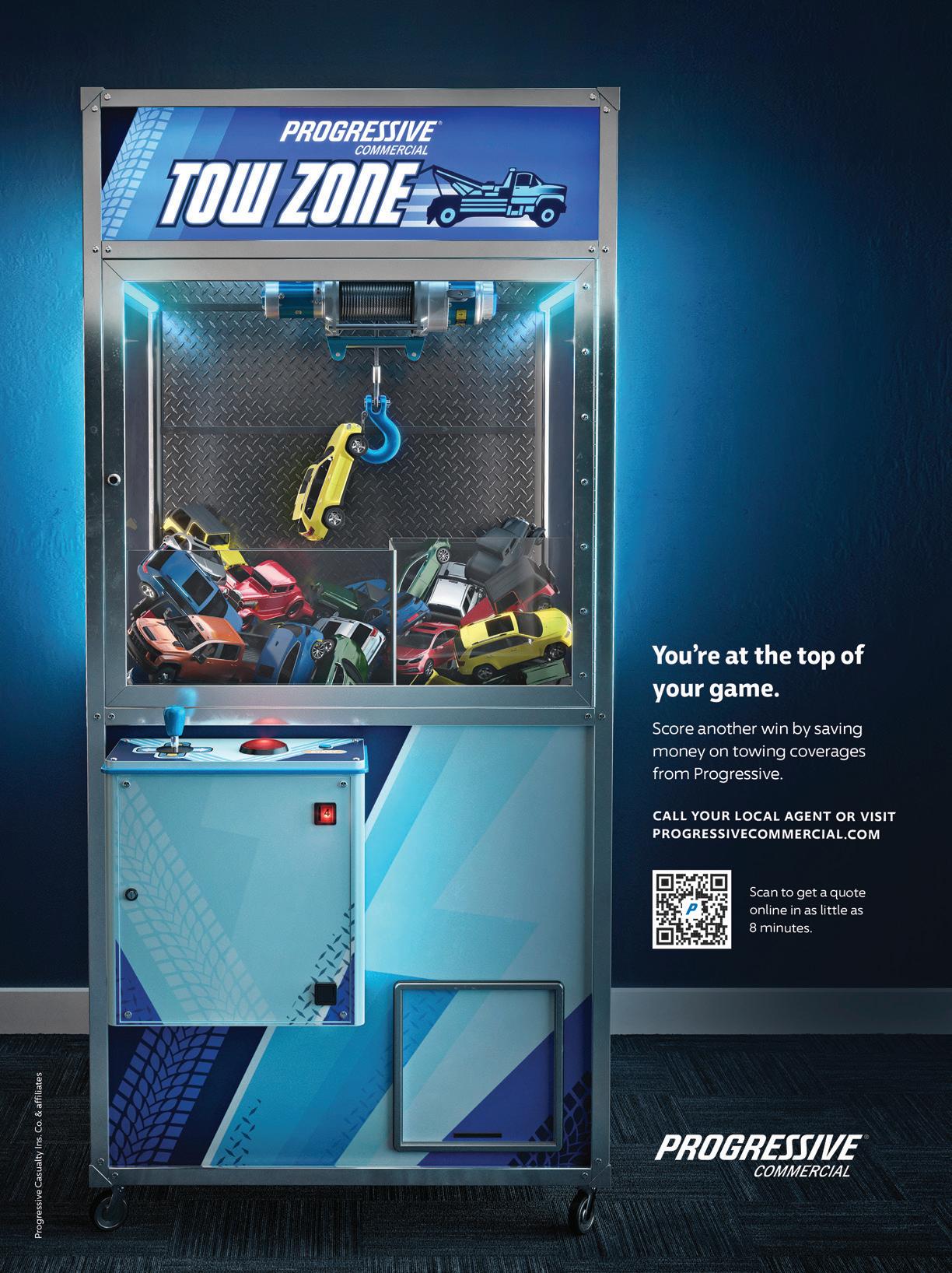
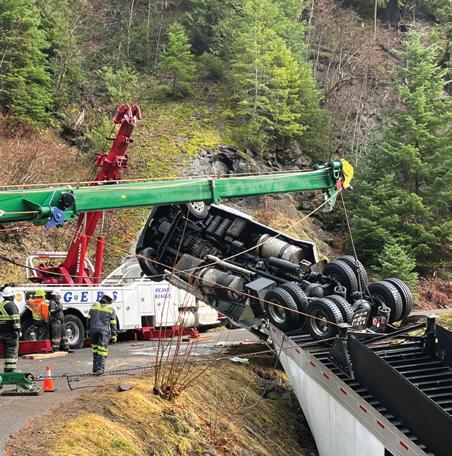
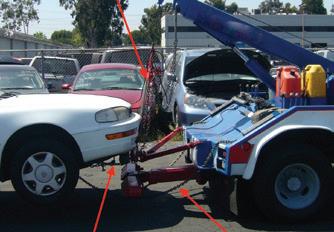

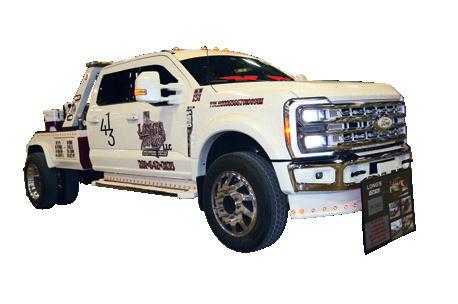

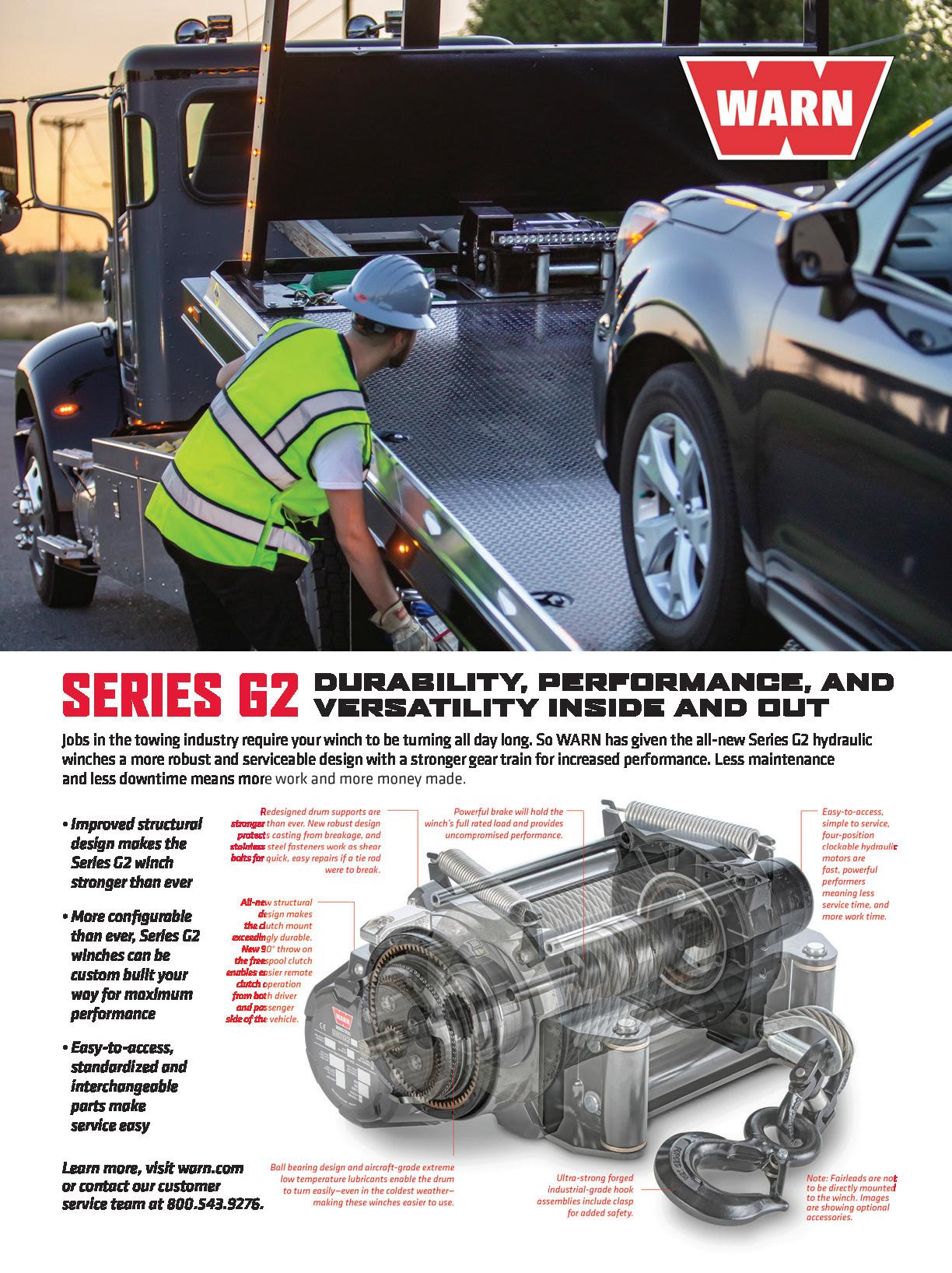











Dennie Ortiz Publisher
As the summer heats up, so does the amount of traffic on our roadways, with more people taking vacations and road trips—not to mention more construction. All of these variables increase the risks that tow operators face while working the nation’s highways and byways.
Recently, a local tow operator, Daniel “DJ” Ortiz” (related to my husband’s cousin’s wife) was struck and killed on a NJ highway. He was only 24 years old.
Too many tower’s lives are lost to motorists that are either distracted, impaired or simply poor drivers. It is tragic, and our hearts go out to all the families and loved ones affected by such a devastating loss.
We all know, too well, these incidents can be avoided, and it’s a tough reminder that we need to continue to work within our communities to emphasize the importance of the SDMO initiatives. We need to make the public understand how incredibly dangerous this job is, and that they as well, have a responsibility to help these unsung heroes stay alive.
It’s a collective responsibility and tow business owners and operators must ensure that all safety precautions are taken while on scene to keep these tragic accidents from happening.
This year, during the American Towman Exposition in Baltimore, we are introducing a new series of clinics that are laser-focused on roadside safety and is free to all attendees—the SafeAll Roadside Safety Clinics conducted by WreckMaster Instructors. These clinics will take place on the exhibit floor every hour.
We hope you can join us in Baltimore this year. As always, do your very best to stay safe out there!

Steve Temple Editor
In reviewing this issue’s cover feature on Poison Control, along with the Masters of Chaos coverage, I was struck by the impact that one small mistake can have, a domino effect that frequently leaves a trail of destruction. In the case of the Poison Control feature, the driver’s mishap on a slippery logging road could’ve contaminated a town’s drinking water supply. This particular incident led to days of recovery work involving two tow companies and multiple government agencies. Also, many of the Masters of Chaos
accounts relate a multitude of unexpected and often tragic effects.
All of which connects with our frequent cautions about the dangers of roadside operations, as highlighted in the SDMO message on the “My Baby” in this issue, and “Hooked on Roadside Safety.”
A tow operator’s brief moment of inattention to oncoming traffic, or not maintaining situational awareness, can result in so many unintended consequences, injuries, and even death. So at the risk of sounding repetitious, we have every reason to keep reminding our readers: Please be careful when handling your invaluable roadside work and recoveries!


Starting July 1, South Dakota drivers are required to take extra precautions on highways as the state’s expanded “Move Over” law went into effect. The new law broadens protections beyond emergency responders, now requiring drivers to move over or slow down for any vehicle with flashing amber, yellow, or blue warning lights stopped on the shoulder. This includes tow trucks, utility crews, highway maintenance teams, and Department of Transportation vehicles.
“These are real people—moms, dads, sons, and daughters— working on the roadside,” said Colonel Casey Collins of the South Dakota Highway Patrol.
Source: mykxlg.com
A new study by the AAA Foundation for Traffic Safety highlights the most effective lighting configurations for improving the visibility of roadside assistance vehicles, especially at night.
After reviewing 30 academic studies and analyzing regulations across all 50 states, the District of Columbia, and Puerto Rico, researchers found that using two to four warning lights is ideal. More than four can increase glare and reduce effectiveness. Lights mounted above the driver’s eye level were easier for approaching motorists to spot.
Amber and green lights stood out as the most visible from a distance but also produced more glare. Amber, in particular, remains the color most associated with roadside assistance vehicles.
Flash rate and pattern matter too. A faster flash rate—between 1 to 4 hertz—is recommended, and alternating left/right patterns are more easily detected than simultaneous flashes.
Source: safetyandhealthmagazine.com
Horns blared and lights flashed as approximately 200 tow trucks formed a solemn convoy to honor Daniel “DJ” Ortiz, a 24-year-old tower struck and killed on Route 287 in New Jersey while assisting a disabled vehicle.
Trucks gathered at Leber Lakeside Funeral Home in Roxbury, New Jersey before making the 23-mile journey east on Route 80 to Gate of Heaven Cemetery in East Hanover. Ortiz, a driver for Ron & Sons Towing of Kenvil, was killed July 2 when a passing Jeep struck him on the shoulder of Route 287 southbound in Harding Township.
Ron & Sons Towing, Ortiz’s employer, confirmed his death in a heartfelt Facebook post, calling him “one of our brothers” and pleading with drivers to obey Slow Down Move Over laws.
“He was doing everything right,” the company wrote. “And still, it wasn’t enough to protect him from someone else’s carelessness.”
Ortiz was remembered by loved ones as kind, selfless, and dedicated to helping others. The procession included nearly 50 trucks from Ron & Sons, and


rigs from as far as Maine, Ohio, and South Carolina. A crane hoisted a large American flag above the parked trucks near the funeral home.
Source: dailyrecord.com
A new law banning tow truck operators from booting tractor trailers in North Carolina was signed by Governor Josh Stein.
Effective December 1, 2025, the law prohibits the use of boots or any immobilization device on commercial trucks for parking enforcement. Violators could face a Class 2 misdemeanor.
The legislation also requires towing companies to return commercial cargo, addressing concerns that truckers are targeted because companies will pay heavily to recover goods.
Although a broader towing reform bill stalled, lawmakers say this new
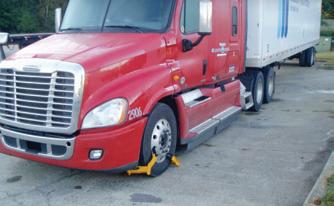
A new North Carolina law prohibits immobilizing commercial trucks.
measure is aimed at curbing specific abuses, without casting blame on the towing industry as a whole.
Source: wbtv.com
A Kansas City, MO towing company has filed a lawsuit against the city and Jackson County, arguing that recently enacted tow ordinances violate Missouri state law and could make it easier for thieves to claim vehicles illegally.
Private Party Impound, LLC, is seeking an injunction to block the enforcement of new local rules it says conflict with state requirements. The company claims the ordinances allow vehicles to be released without verifying ownership, such as requiring a valid title or registration. The lawsuit says the conflicting requirements force towing companies to either break state law or face local penalties and risk losing their operating license.

The company also argues that Jackson County’s $500 licensing fee and escalating penalties are excessive compared to nearby counties and could harm local businesses.
Source: kctv5.com
Organized crime rings are increasingly targeting the trucking industry, as cargo theft across North America continues to rise. According to data from CargoNet, cargo theft events surged 36% year over year in the first quarter of 2025, with an average loss of $401,000 per incident. Roughly 80% of those thefts involved trucks, with Texas and California accounting for 60% of all U.S. incidents.
CargoNet’s Vice President of Operations, Keith Lewis, says organized theft is evolving alongside the supply chain. “The faster we move things, the less vetting we do, and the faster they can steal things,” Lewis said in CCJ Digital. “It’s hitting us like lightning.”
Criminals exploit gaps in modern logistics by targeting unattended trailers at truck stops, lots, or transfer hubs. In Southern California, police
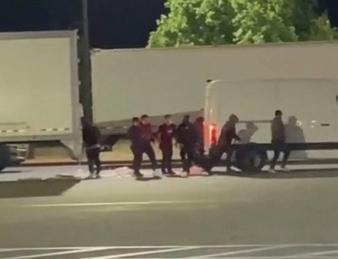
recently recovered $1.4 million in stolen goods from one theft ring.
With theft rings becoming more sophisticated, trucking businesses are urged to review and strengthen their security measures.
Source: marok.com nypost.com
A roadside tragedy claimed the life of a Texas tow company owner on July 8, when he was struck and killed while working on the shoulder of a busy expressway in Harlingen, Texas.
David Zapata, 46, owner and operator of Steel Towing, was loading a disabled vehicle onto his 2010 Hino tow truck along the westbound lanes of Expressway 83. He was hit around 5:10 p.m., according to the Texas Department of Public Safety (DPS).
Authorities say Cristobal Stephan Garzez, 28, was driving a Dodge Ram and failed to slow down or move over for the emergency vehicle, striking Zapata. Garzez fled the scene but was quickly located nearby and arrested, and is now facing multiple charges.
Zapata was pronounced dead at the scene. His death marks the 15th emergency responder struck-by fatality in the U.S. this year.
Source: towforce.net
President Donald Trump reversed a Biden-era policy that allowed California to set stricter emissions standards for vehicles. The move effectively blocks the state’s ability to enforce rules requiring zero-emission commercial trucks and higher standards for diesel engines.
Trump criticized California’s regulations as an electric vehicle “mandate” that hurt consumers and businesses. “They’re making you buy stuff that doesn’t work,” he said, advocating for consumer choice between electric, gasoline, and hybrid vehicles.
The rollback, made possible through the Congressional Review Act, followed resolutions passed by Congress in May. Supporters, including the American Trucking Associations, hailed the decision as a win for economic stability and supply chain reliability. ATA President Chris Spear said, “This is not the United States of California.”
Industry representatives stressed that long EV charging times and limited range pose challenges for freight delivery.
Source: .ttnews.com
The Maxxima M20561, 60-inch, low-profile LED light bar, is engineered to illuminate recovery work safely and efficiently. This unit features 22 LED light heads, 30 programmable amber flash patterns, red stop/tail/turns, rear white work lights, and 10 traffic director patterns, which are all SAE Class 1 and CA13 compliant. No laptop is needed for operation, and the light bar comes with 25 feet of jacketed cable, separate wiring for several modes, and a heavy-duty U-bracket for a quick and seamless installation. The Maxxima M20561 is fully serviceable, even in transit, using only a screwdriver. Backed by a five-year warranty, and made to perform when visibility matters most, there are no dark zones, enabling operators to tow like a pro.
maxxima.com

In The Ditch Towing Products, an innovator in dolly development, has announced the release of its Speed Dolly Fender Set. This game-changing product is designed to protect towed vehicles from road debris, tire blowouts, and other potential damages. The Speed Dolly Fender Set mounts directly to all models of the company’s Speed Dolly, (both past and present). Adapters are available for installation on other industry dollies as well. The fenders can be installed in minutes using standard pins and hardware. Offered in both steel and upgraded aluminum versions, the fender set offers towing professionals the option to choose between rugged strength or lightweight performance—both providing an industry-first solution to a long-standing problem, helping to cut down on damage claims and lower insurance premiums.
intheditch.com
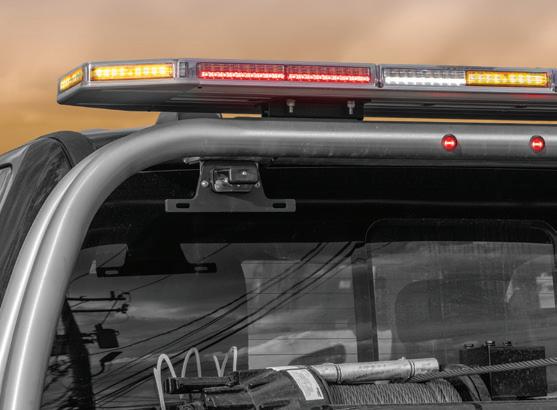
Why tow an electric vehicle when you can just charge it instead? The EVroadHERO mobile EV charger typically adds five to ten miles of range in only about 20 minutes, getting stranded EVs back on the road faster, safer, and easier than traditional towing. Compact and rugged, it delivers ultraclean inverter power that EVs prefer. Features include built-in wheels, a folding pull handle, and a Tesla adapter, so a towman can charge virtually all EVs on the road today. Purpose-built for roadside response, EVroadHERO skips the bulk, cost, and noise of larger units, while still offering wireless electric start and a large fuel tank. Weighing just over 200 lbs, it’s lighter than most alternatives, and even doubles as a backup home generator. Priced at $4995, it’s a more affordable way to add revenue from EV rescues to a tow company’s services.
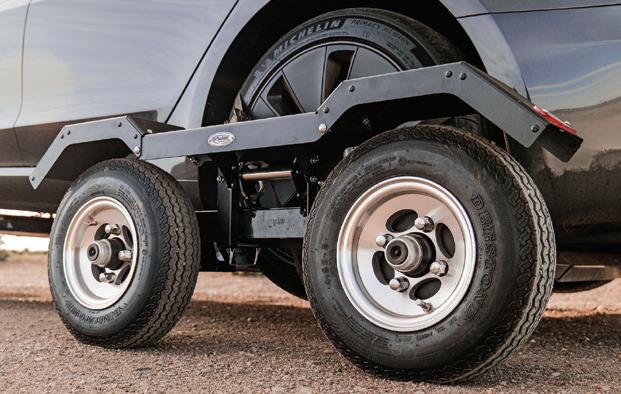

Landoll founder Don Landoll invented the original traveling axle trailer, permanently changing the transportation industry. Since development and production began in 1969, the traveling axle trailer has remained a proven solution for hauling needs worldwide, overcoming many challenges faced in the modern transportation industry.
Landoll continues to develop and refine trailers, and is now introducing the latest iteration of the Landoll traveling axle trailer: the all-new 440 Spread Axle option. Able to diversify to accommodate various transport demands, the spread axle option increases the flexibility of loads.
While the closed tandem position measures 50 inches, the axle is spreadable to 121 inches with up to a 40,000-pound axle group rating. Safety visual indicators show the axle position. Hydraulic operations are simple and smooth, and the control panel is easy to operate. An Air-Weigh digital scale option offers individual axle readings through Bluetooth.
The spread axle option is only available on the Landoll model 440 trailer. However, in addition to the original use of the Landoll traveling axle for recovery and hauling needs, this trailer is available in a variety of applications. These include container
operations for easier transport, and the railroad industry uses a specific traveling axle for rail cars. Also, there’s the 850XT Extendable Detach, a trailer engineered
for low ground clearance loads, such as buses, RV coaches, firetrucks, and heavy, over-sized equipment.
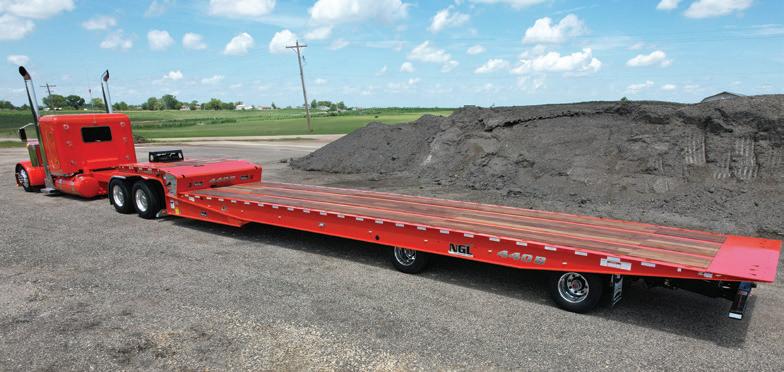

By Terry Abejuela
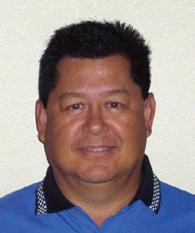
Field Editor Terry Abejuela has 40-plus years of light-duty towing and recovery experience. He is also a light-duty Level 1 instructor for the California Tow Truck Association.
A conventional tow sling primary attachment includes the tow sling assembly and two tow chains that support the lifted and towed load. They generally have a lift rating of about 3,500lbs and tow rating of 7,500lbs. The tow chain assembly is generally grade 70 transport grade components rated about 4,700lbs.
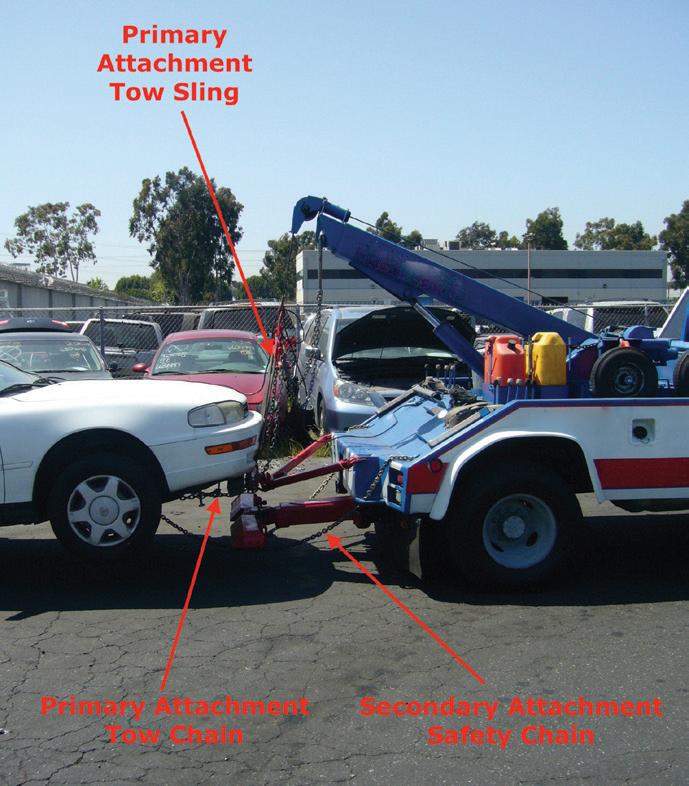
When towing with a wheel-lift or conventional tow sling, tow truck operators must utilize both a primary and a secondary attachment to ensure a safe and secure recovery process. The primary attachment is the load-bearing equipment that attaches the towed vehicle to the towing device. The secondary attachment (safety chains) serves as a backup system that does not support the load during the normal towing process, but will keep the towed vehicle connected to the tow truck in the event of a failure of the primary attachment.
All primary attachment components must be inspected during a quick pre-trip/ start of shift inspection, and prior to each use. A designated pre-trip inspection form should be followed to ensure all required equipment is on the truck, and appears to be in good working order. Any deficiencies must be recorded on the form and immediately submitted to management.
Any safety related equipment that is not in good working order must be replaced or repaired prior to use.
On a wheel-lift towing device, this equipment includes the wheel-lift crossbar, crossbar pivot pin, wheel grid restraint arms, wheel grid spacers, locking pins and wheel securement straps and ratchets.
On a conventional tow sling towing device, this equipment includes the sling straps, tow bar, support plate, extension arms, locking pins, attachment hooks, and attachment chains (tow chains).
On any specific towing device there may be additional equipment that would need to be inspected. Consult the Original Equipment Manufacturer (OEM) for detailed inspection criteria for pre-trip, prior to use, and monthly and annual inspections for the specific towing device being used.
It is imperative that tow truck operators understand the Working Load Limit (WLL) of all primary attachment equipment,


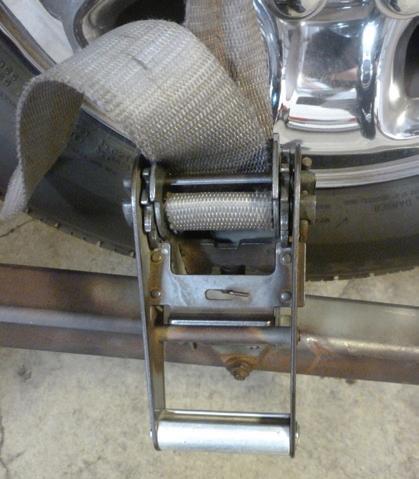

the straps wrap around the ratchet barrel at least two complete times it will create fiber lock that prevents the straps from loosening during the towing process.
A wheel-lift primary attachment includes the wheel lift crossbar, retainer arms, restraint straps, ratchets and locking pins. They generally have a 4,000lbs lift rating and a 7,500lbs tow rating.
and can estimate the loads to ensure none of the equipment gets overloaded. Most light-duty wheellifts and conventional tow slings are designed and rated to passenger vehicles, light vans, and light pickup trucks. Most light-duty wheel-lifts have a lift rating of about 4,000 lbs. and a tow rating of about 7,500 lbs.
On many wheel-lift devices, the lift rating applies when the wheellift is retracted or extended. Some may have a reduced WLL when the wheel-lift is extended.
Most conventional tow slings have a lift rating of about 3,500 lbs and a tow rating of about 7,500 lbs. These ratings are based on the structural rating of the towing device, not the cab and chassis that the towing device is mounted to.
A tow operator may not be able to safely lift or tow weights equal to the ratings, as the cab and chassis rating may be exceeded. Verify that all primary attachment equipment’s WLL is sufficient to lift and tow vehicles per the device’s specifications. Never tow a vehicle that would cause the primary attachment equipment, secondary attachment equipment, or cab and chassis to be overloaded.
There are many different styles of wheel-lift grids, such as L-arms, spoons, claws and autoloaders. Make sure to follow all OEM instructions for the primary attachment, including using the manufacturerdesigned, wheel-restraint straps. Some tow operators use wheel restraints straps that are not OEMdesigned or use them incorrectly. The OEM is the most knowledgeable about its equipment and intended use, so always refer to and follow the manufacturer’s recommendations.
Whenever possible, adjust the wheel-lift grid to capture as much of the towed vehicle’s wheels as possible. If there is an abundance of undercarriage clearance, such as on pickup trucks and vans, this is easily accomplished. However, on many passenger vehicles, a tow operator may have to adjust the wheel restraint tighter under the wheels so it rides higher on the wheel-lift. This will create enough space to avoid contact between the wheel-lift crossbar and the undercarriage of the towed vehicle. Confirm that all locking pins for the wheel-lift wheel restraints are fully engaged. ◀

Autoloaders are often equipped with a spacer that allows small diameter wheels or flat tires to ride higher on the wheel-lift to provide adequate clearance between the crossbar and the towed vehicle’s oil pan.

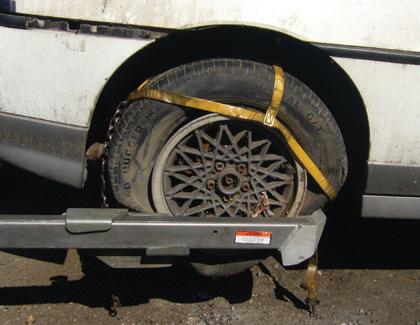
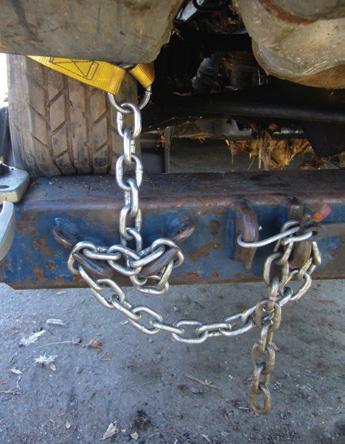
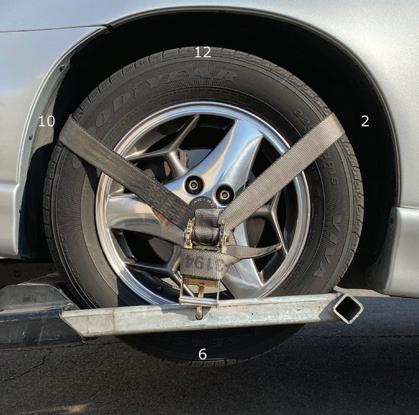
The
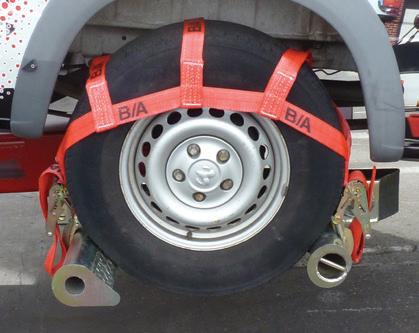
There are several variations of wheel-lift wheel restraint straps on the market, but most fall into one of three styles: choker strap, basket strap and single crossover strap.
The choker strap is fairly common on L-arm and spoon-style wheellifts, and is usually recommended to contact the wheel at the 10 and 2 o’clock-face positions. Ratchet the strap tight enough to make a small bulge in the towed vehicle’s lifted tires. If the strap is not tight enough, it may loosen during the towing process due to the tire settling into the wheel lift grid while being towed.
When utilizing this style of wheel restraint strap, avoid dragging the towed vehicles lifted wheel on the ground when entering or exiting driveways. If the towed vehicles wheels are allowed to drag and possibly rotate, the wheel restraint straps may rotate off.
The basket is likely the most secure style of wheel restraint strap. Some basket straps do not even require the strap to be ratcheted tight, and they still keep the wheel in the grid. The single crossover style wheel restraint strap is common on autoloaders.
On wheel restraint straps that utilize a ratchet with a hook, use positive attachment hooks to avoid
the ratchet disconnecting if the wheel restraint strap becomes loose. Make sure to allow at least two complete wraps of the strap around the barrel of the ratchets to ensure what is known as fiber lock. If fiber lock is not achieved, the strap may loosen during the towing process.
Most wheel-lifts operate the same way on a variety of different vehicles, provided the towed vehicle is not lowered or damaged. Low-clearance vehicles and vehicles with a flat tire pose somewhat of a challenge. Maintain enough undercarriage clearance between the towed vehicle’s oil pan and the wheel-lift crossbar.
If adequate clearance is not maintained during the towing process, the towed vehicle will bounce on its own suspension enough for the oil pan to contact the wheel-lift crossbar, and possibly damage the oil pan. A minimum of three inches of clearance is needed to avoid damage.
Tow truck operators often raise the towed vehicle and place a piece of lumber under the vehicle’s wheels. The vehicle is then lowered until its weight rests on the lumber, and not the wheel restraint, so it can be adjusted tighter under the wheel to create adequate clearance.
If adequate clearance is not achieved with this technique, some tow truck operators will use a piece of equipment know as a Pan Pillow. This is a rubber bladder that can be strapped to the wheel-lift crossbar between the crossbar and the towed vehicle’s oil pan, and then inflated with air to protect the oil pan during the towing process.
By following these guidelines and utilizing proper equipment, towing operators can safely tow vehicles with a wheel lift or conventional tow slings, protecting both the vehicle and those on the road.

By Randall C. Resch

Losing a life while working a traffic-side incident is tragic. And it’s alarming to think that many of these tragedies could potentially be prevented with stricter safety measures in place.
Consider Winford Enoch Perry’s death on San Diego’s Interstate 8, a devastating reminder of the risks faced by tow operators. The 38 year old towman lost his life in a hit n’ run incident that is all too familiar. Winford had loaded a car on the wrecker’s wheel lift, and was making ready to depart, when he was struck while attaching extension lights. His heartbroken co-workers quickly erected an impromptu roadside marker in his memory.

Operations Editor Randall C. Resch is a retired California police officer and veteran tow business owner, manager, consultant and trainer. He writes for TowIndustryWeek.com and American Towman, is a member of the International Towing & Recovery Hall of Fame and recipient of the Dave Jones Leadership Award. Email Randy at rreschran@gmail.com.
Known as a safety-conscious professional, Windford reportedly walked the “white-line side” of his wrecker to retrieve corded extension lights. With his back to traffic, he never saw the errant car headed his way. By adding extension lights, he would have met the requirements of California’s vehicle code laws, yet ironically, those very laws may have increased his vulnerability.
After decades reviewing operator deaths, specifically pedestrian strikes, a clear pattern emerges where towers are often putting themselves in harm’s way. While it’s easy to blame the motoring public for failing to slow down and move over, the reality is that tow operators are often required to work near hazardous
traffic by the very laws that dictate how they do their job near live traffic.
In the last days of 2024, three operators were killed and another on New Year’s Day 2025. These four operators died working highway incidents. As they worked shoulder incidents, all four were struck on the traffic side of their tow trucks. Three incidents resulted in offending motorists fleeing the scene, but all were later captured as a result of exceptional police work.
With all due disrespect to the towers who lost their life in service to others, it’s increasingly hard to hear about the experience and safety record of these operators without questioning the system in place. Some of them bury their heads in the proverbial sand by blaming the motoring public. It would appear that the tow industry should be less reactive and more proactive when it comes to addressing the safety concerns of its workers.
Is the issue that tow operators rely too heavily on SDMO laws without being adequately trained to recognize the unique dangers associated with working on road shoulders? Or, do they simply underestimate the risks inherent to highway work?
It’s likely a combination of factors, but towers prioritizing legal compliance might be a significant contributor to the fatalities. As the industry grapples with these tragic losses, it’s easy to lose sight of the root causes that might reveal a different story.
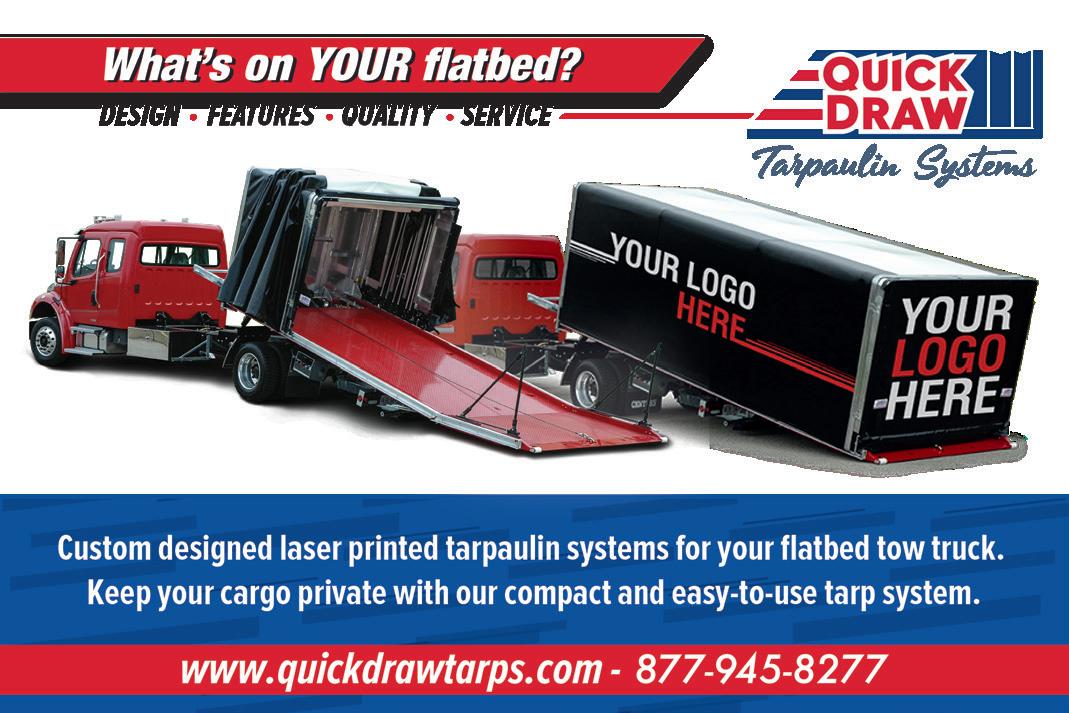

In 2024, 16 U.S. tow operators were killed working shoulder events on high-speed highways. Of those killed, as many as 11 operators reportedly died working the dangerous traffic side. Is there a recurring pattern that needs to be identified and addressed?
Perhaps it’s important to question whether or not towers put themselves in harm’s way. When considering lessons learned from pedestrian strikes, tow operators often negate the risks posed by traffic-side and on-highway scenes. This occurs daily as towers, especially carrier operators, repeatedly work traffic-side controls, or stand between vehicles, demonstrating little to no concern.
Consider where tow operators are required by law to attach tow safety equipment as mandated in every state’s vehicle code. If a carrier operator is securing a vehicle with a
four-point tie down, or a wheel lift operator is attaching ratchet straps, tow safety chains, and extension lights to towed vehicles, the tower is likely standing in the line of traffic, or very close to it.
Using California’s Vehicle Code as an example of the requirements that seem to put towers in harm’s way. This law mandates that towers apply safety chains, ratchet straps, extensions lights, and four-point tie downs prior to departing the scene. Consider these requirements:
1. Towed Vehicle Safety Chains: CA Vehicle Code Section 29004. (a)(2), “A vehicle towed by a tow truck shall be coupled to the tow truck by means of at least two safety chains in addition to the primary restraining system. The safety chains shall be securely affixed to the truck frame, bed, or towing equipment, independent of the
towing sling, wheel lift, or underreach towing equipment. Note: A “primary restraining system” may be that of ratchets and straps per the equipment manufacturer’s safety recommendations.
2. Dollies Strapped & Secured: CA Vehicle Code Section 29003. (c), “The raised end of any motor vehicle being transported by another motor vehicle using a tow dolly shall be secured to the tow dolly by two separate chains, cables, or equivalent devices adequate to prevent shifting or separation of the towed vehicle and the tow dolly.”
3. Four-Point Tie-Down: CA Vehicle Code Section 29004.(a)(3), “A vehicle transported as a load on a trailer, using vehicles other than those described in Section 34500, shall be secured by at least four tiedown chains, straps, or an equivalent device, independent of the winch or loading cable.”
4. Extension Lights: CA Vehicle
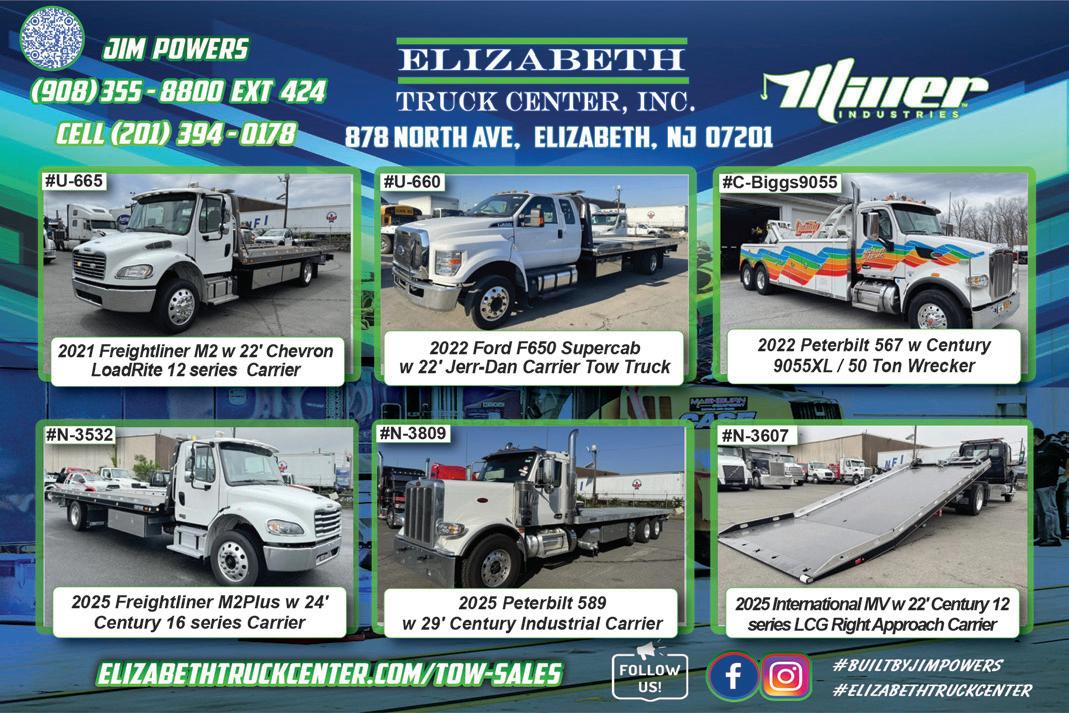
Code Section 24605.(b) states, “Whenever a tow car is towing a vehicle and a stop lamp and turn signal lamps cannot be lighted and displayed on the rear of a towed vehicle, the tow car operator shall by means of an extension cord display to the rear, a stop lamp and turn signal lamps mounted on the towed vehicle, except as provided in subdivision (c).”
Towers likely recognize vehicle code laws as requirements that put them directly in harm’s way. Without the fear of being cited for noncompliance, they might be even more exposed to danger as they work to secure their loads.
Statistics dating back to 1928 indicate as many as 732 tow operators were killed working onhighway (shoulder) events in the U.S. and internationally. While it’s not possible to determine an accurate accounting of traffic-side strikes, a large number of pedestrian strikes
occurred because operators were standing, walking, or working near dangerous traffic.
When investigating crashes, it’s crucial to consider whether the tow operators were aware of their surrounding during roadside operations. Not being in tune with their environment can be a contributing factor to being struck or killed.
• Struck Exiting or Re-entering Truck: On-scene safety begins immediately upon arrival. Jumping from the truck’s cab is pertinent to survival. Never exit the truck’s cab without first ensuring it safe to do so. When returning, employ the TIMtaught, “peek-a-boo” technique using the truck’s front-end bulk as concealment from approaching traffic.
• Live Lanes: Working, walking, or
standing in live lanes is likened to walking the proverbial tight rope, based on limited space and narrow shoulders. Trafficside tire changes and sweeping debris are equally dangerous. By all means, stay out of live lanes, and recognize that on-scene situations and recoveries leave operators totally vulnerable.
• Back to Traffic: One can’t react to something they can’t see. Never turn your back to traffic.
• Standing Between Vehicles: In the 1930s, three operators were killed in a single year, while standing between their wreckers and the cars being towed. Back then there were no slings, only flat bars or direct cable lifting from boom heads. For many years, towers would position themselves between vehicles to hook them up. In the towing industry today, standing between vehicles puts operators at a ◀



high risk of being pinned and crushed. Conduct all business outside “The Pinch Zone.”
In April 1973, most people were blatantly unaware that the inception of cell phones would redefine highway safety, ultimately changing the way people communicate and respond to emergencies on the road. Over the course of the next 50+ years, cell phones, texting, and GPS technology became rampant, which was unwittingly to the detriment of responders, roadway workers, and tow operators. Today, motorists are equipped with cellphones, trickedout stereo systems, televisions, and GPS, all of which have contributed to distracted driving.
While this technology has progressed exponentially, existing tow laws have seemingly remained unchanged. Although every state in the U.S. initiated “Slow Down Move Over Laws” as far back as 20 years ago, nothing has been done to alter, update, or modify existing laws for the safety and betterment of towers and roadside providers. With the exception of SDMO laws, tow operators working on highspeed highways have virtually no code exemptions to protect them. This lack of exemptions leaves tow operators extremely vulnerable and can have deadly consequences.
The tow industry shares some of the blame for the following three reasons: One, company owners fail to provide adequate training for personnel. Two, companies send untrained operators into extremely hazardous situations. Three, the industry hasn’t brought change to existing laws.
While likely to result in added regulation or government oversight, all towing associations need to
propose legislative changes pertinent to further operator safety.
• Initiate state and federal requirements mandating documented proof of operator roadside training.
• Require that operators obtain topic-specific “on-highway training” beyond the national TIM training course.
• States must require that highway patrols maintain active updated lists of qualified operators that have completed on-highway training.
• Operators with less than one-year of on-the-job experience should be prohibited from working at highway events.
• New laws should be enacted to permit tow operators to implement alternative securement methods that prioritize operator safety.
• Allow exemptions for nontraffic side attachment to ensure personnel work away from active traffic zones.
• Allow an exemption for tow trucks to drive slowly to the nearest exit or off-ramp to complete a total tie down without putting operator at risk.
• Demand highway patrol or law enforcement provide onscene “presence” for large vehicle scenarios at locations too dangerous for operator safety.
• Demand that highway patrol and law enforcement strictly enforce regulations, and issue penalties when violations occur.
By addressing these safety concerns, the towing industry can reduce the number of fatalities and create a safer working environment for operators, because at the end of the day, no job is worth risking your life. Ultimately, it is up to the operator to take all necessary steps to stay out of harm’s way.

By Steve Temple
Every winner of a tow truck trophy has a story to tell. It might include the moving inspiration for the graphics, the history of dramatic recoveries, or the extra efforts required when preparing for the USA Wrecker Pageant in Texas. So, it’s no surprise that the winners seen in Fort Worth this past June 1828th might very well become features in American Towman magazine.
For instance, First Place in the Medium-Duty Wrecker Class, Travis Shumate of Unlimited Towing in Killeen, Texas, shared a tragic account of the loss of a fellow towman. This led to the vivid “Slow Down, Move Over” message emblazoned on their tow truck. (See the My Baby feature, entitled “Not Just a Slogan” in this issue).
Another personal story came from the Best of Show winner, Long’s Towing, based in Stafford, Texas. Pictured on the truck are William Long’s mother and father, William Long Sr. and Veronica Long, who showed him the towing way of life, and taught him well. It’s a story of devotion to family and faith, along with some catchy Texas slang, which we’ll share in more detail in an upcoming issue.
Another crowd favorite was Carroll’s Wrecker from Palestine, Texas. This ’66 Chevy rat rod, dubbed “Flat Rate” for its slammed suspension, won the Vintage Class. Justin Briggs owner of Carrolls Wrecker in Palestine, Texas contacted Classix LLC to build a vintage wrecker after noticing the Classic Wrecker series published in American Towman magazine. This motivated Justin to build a wrecker— but with a twist. Readers can relish all the fascinating details of buildup in a later issue. In the meantime, we’re tracking down other stories to share, so stay tuned for even more “Personality Profiles.”

1960 Ashton 10-60 BW Wrecker Palestine, TX

Service / Support 1st Place Winner
C&C Roadside Assistance
2019 Dodge Classic Lonestar North Richland Hills, TX
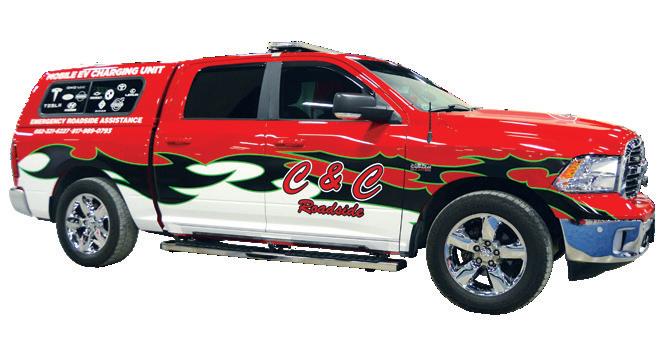

Chevron 408T Waco, TX
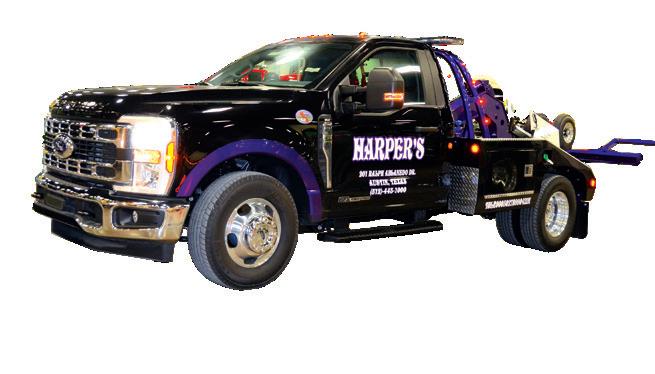
Unlimited Towing Century 2465 Killeen, TX
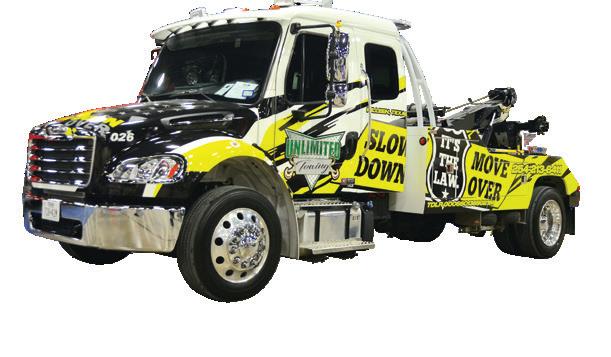
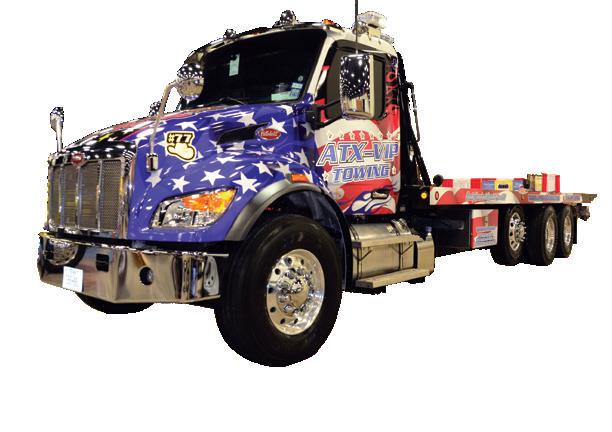

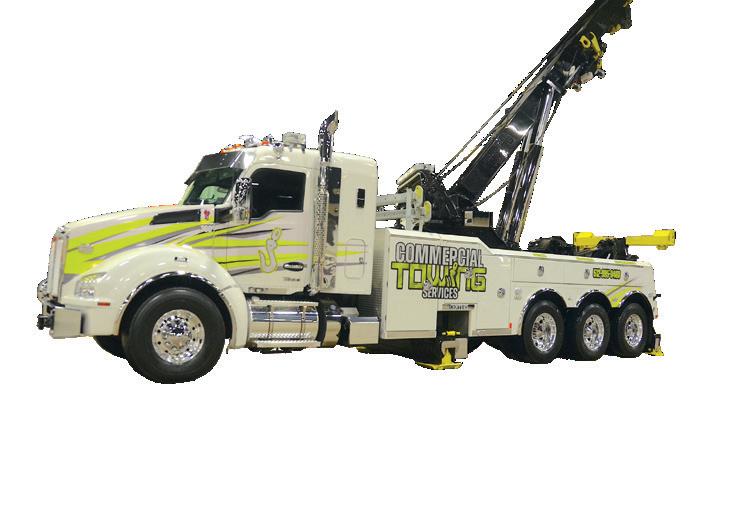
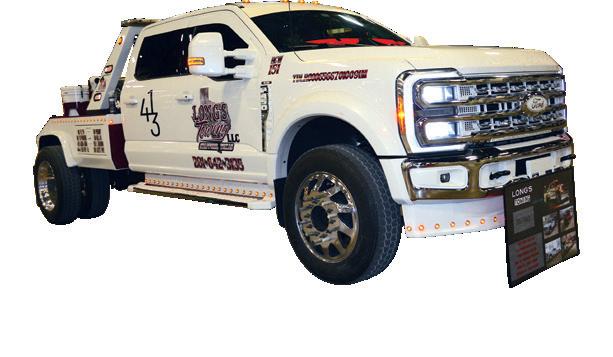

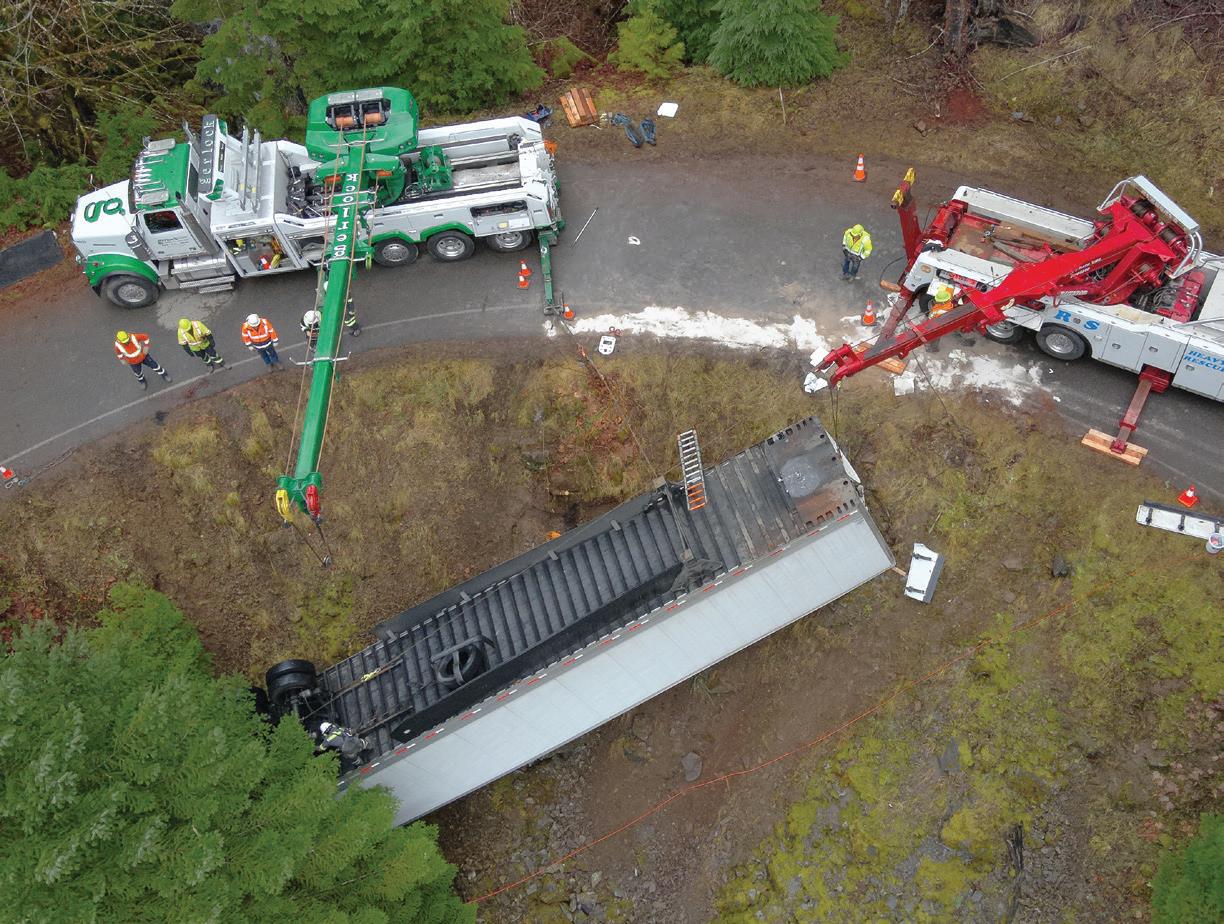
As Told by Rogers Towing & Transport and Gerlock Towing & Heavy Haul
Aperfect storm of circumstances created a worst-case scenario for recovery efforts on the steep, rocky terrain of the Cascade Mountains, blanketed by a recent snowfall. At 7:00 a.m.
on December 14, 2024, a semitruck hauling a load of snail poison, a common pesticide, rolled off the sharp curve of a remote logging road, risking contamination of drinking water for the nearby communities of Sweet
Home, and Lebanon, Oregon. The trailer load of pesticides also threatened endangered fish species in a nearby creek. Fortunately, the driver of the semi survived the crash, but had to walk several miles to seek help.
Two rotators anchored the semi and its load of snail poison, keeping it from sliding into a local drinking water supply.
NRC CSR65 rotator/2022
Western Star 4900
Century 1140 rotator/2012
Peterbilt 379
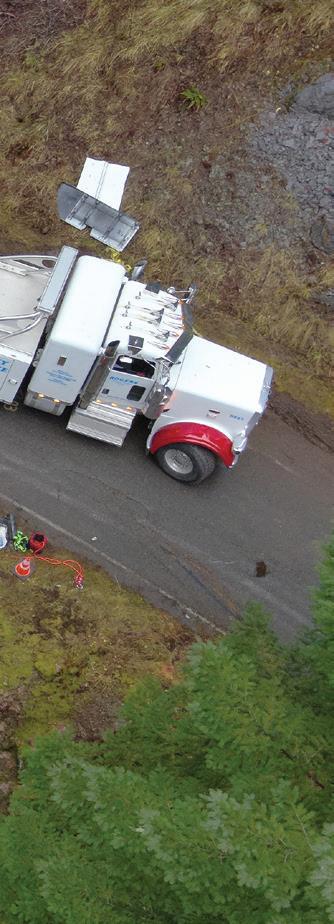
Landoll – 2015 Freightliner FL112 Tractor
Matjack Ait Cushions

2019 Kenworth tractor with two van trailers
Gerlock 2019 Dodge service truck/incident response unit
Mobile Command Center
Multiple trailers and pickups
Light towers
10 sets of Sonetics headsets
30 x 30 tent for food and warming
Recovery efforts would require the audacious endeavors of two tow companies, Rogers Towing & Transport and Gerlock Towing & Heavy Haul, working in close concert. It was described as one of the most difficult operations that the responders had ever experienced.

A large load of snail poison had to be removed without allowing any to contaminate the surrounding area and nearby creek.
(Another tow company called upon by Rogers to help didn’t want any part of the job, calling it “a death trap!”)
Upon arriving on scene Saturday, Tanner Rucker, Operations & Logistics Manager for Rogers Towing, discovered a much more serious situation than what was described. The truck was unstable and sliding towards the creek, located only ten feet away. Then and

was
there, the towmen on site decided to go back on Sunday and formulate a comprehensive game plan. On Monday, after a meeting with U.S. Forest Service, Rogers Towing decided to use its Century 1140 rotator to anchor the truck and ◀


trailer to prevent it from going any further down the canyon.
In addition, the IMT (Incident Management Team) included more than a dozen different government, environmental, hazmat, and mountain rescue agencies. Emergency responders were restricted by the IMT to daytime operations only. This decision was made due to the remoteness of the crash site, bad weather, poor communications, the complexity
of the recovery, and the load of hazardous materials. In the event of a possible spill, the Northwest Fire Fighters environmental team installed four temporary net catch systems and booms in the frigid, fastmoving creek below.
The steep and unstable location, covered in snow and ice, required a complex and high-risk operation to secure and offload the hazardous materials. The outcome would have been drastically different without

Rogers Towing & Transport:
Tanner Rucker, Operations & Logistics Manager
Matt Lostrom, rotator operator
Aspen Wheeler, Landoll operator
Nathan House
DJ Wheeler, flatbed operator 1
Collin Moore, flatbed operator 1
Jesse Parker, flatbed operator 2
Lewis Rucker, Incident Safety Officer, and Logistics Manager for the command center and reloading area
Gerlock Towing & Heavy Haul:
Donny Callahan, Certified Recovery Manager
Austin Olson, Matjack Certified Air Cushion Technician
Kai Blue, Recovery Technician
Dennis Krohling, Matjack Certified Air Cushion Manifold Operator
the 24-hour a day support to the semi and its load, in order to keep it from sliding down into the water. This included the tow equipment, air bags, light towers, and other support apparatus, along with the operators of all this equipment. A watchman was stationed to monitor the recovery site to ensure that no one entered the recovery area to maintain public safety.
Inspection of the casualty vehicle indicated the tractor cab was twisted,

with the front axle on the ground lying on its side, and the rear axle facing straight up in the air. There was also a huge boulder punched through the roof of the trailer under the trailer axles. The top rail on the downhill side was not damaged, but inconveniently located nine feet off the ground at its highest point.
The casualty was secured with six anchors held by the two rotators, using an extensive array of multiple winch lines, chains, a continuous loop with shackles, and a belly wrap with a recovery strap around the trailer. Next came the deployment of Matjack airbags.
“There was sufficient solid rock under the large gap of the trailer to hold the bottom footing of the Matjack push bags,” Donny Callahan of Gerlock recalled. “My goal was to fill the gap without lifting any of the weight of the trailer so I would not lose any anchor ability.”
Then, each of six Matjack bags were strategically placed on the rocky terrain, and inflated only enough to fill the gap but with no lift. The rigging crew ran a 60-foot ratchet strap through each handle of the MatJack bags to keep them in place. This would keep them from falling into the water below when the trailer became lighter as the snail poison bags were offloaded.
After a landing platform was constructed on the uphill side of the
several agencies on scene requested a fully staffed paramedic unit to remain on scene.
When the time came to offload, both 4x8-foot Waste Management bags and some 4x4-foot bags provided by Rogers Towing were used. After each bag was filled on the landing, they were crane lifted with the NRC CSR65 and set on Rogers’ multiple rollbacks in order to haul them down to a specific staging area for stacking into waiting van trailers. Fortunately, the semi’s trailer was offloaded
without any product hitting the ground or spilling into the creek.
After all the Matjack push bags were removed, both rotators were then relocated on the hill in preparation for raising the semi. The NRC CSR65 was turned around to face the tractor’s backside, with a safety chain running from the rear outrigger to the landing gear of the trailer.
The Century 1140 was positioned in front of the tractor, leaving just enough room to land the wrecked tractor, re-rig it, ◀
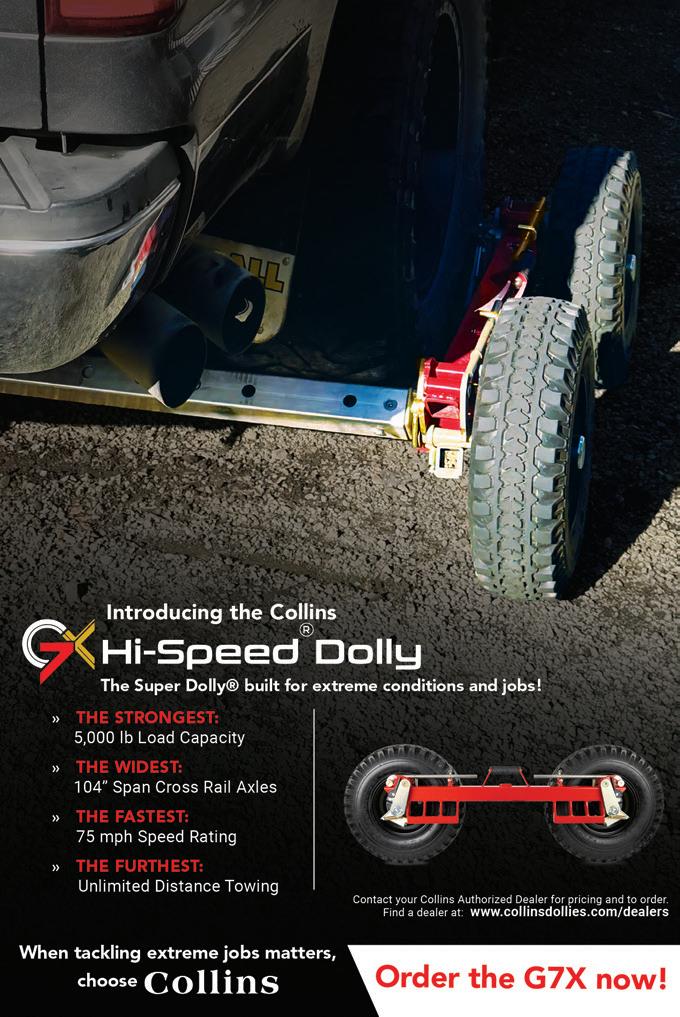
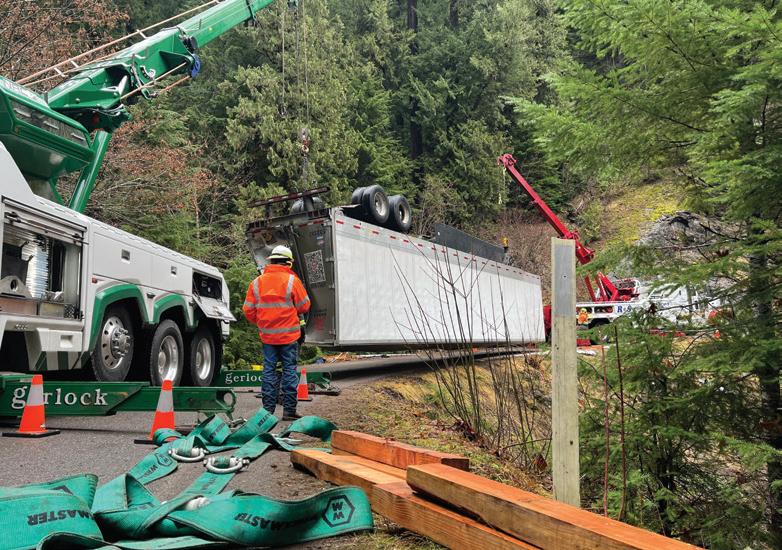
trailer, a large 3.5- x 5-foot opening was to cut into the side of the trailer with a battery-powered Milwaukee Sawzall and chop saw. The crew had been instructed to be extremely careful not to cut into any of the
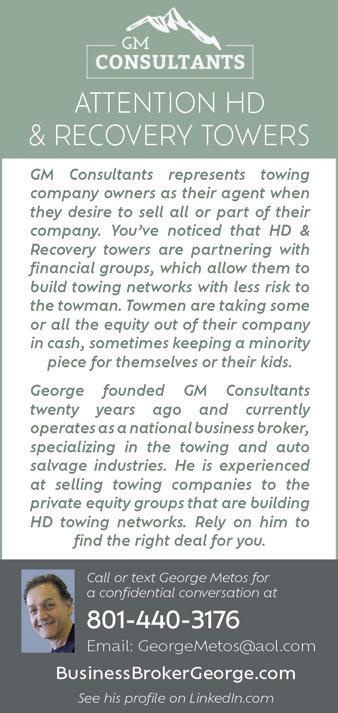
pesticide bags, and also keep any of them from hitting the ground.
The bags of snail poison were sitting on the ceiling of the upsidedown trailer. Only two people, outfitted with full climbing safety gear and ropes, were allowed into the trailer at a time, and were switched hourly. The biggest fear was the heavy load (42,000 pounds) busting through the roof and falling into the drinking water supply, quite possibly with workers unloading inside the trailer. As a precaution,
and then do a mid-air roll. The tow operators deployed an Iver Tool to the front of the wrecked tractor, and connected two main winch lines to the Century 1140.
On the rear, a ½-inch Grade 100 chain was hooked to each side of the frame rail with a floating shackle, and also on the middle. In addition, a ⅜-inch chain was attached to the fifth wheel release handle.
“We strategically lifted the tractor, taking pressure off the kingpin, released the fifth wheel, and disconnected it from the trailer,” Donny related. “We then swung the tractor over to our designated landing spot and lowered it down, laying it on its side.”
Donny and his operators moved the ½-inch loop from the bottom side to the top side of the frame rail, and reattached the floating shackle. They added in a 12-foot continuous loop around the front of the cab to help with the mid-air roll.
“We lifted and rolled the tractor mid-air and sat it down on its wheels,” Donny said. “We rigged down the Century 1140 and fronthooked the tractor using the Iver Tool, lifted it, and moved it up the hill to a safe landing.”

The operators then moved the NRC CSR65 next to the rear of the trailer, and backed the 1140 down next to the front of the trailer, leaving enough room to lift, swing, and land the trailer between the two rotators.
“I deployed a WreckMaster Wrinkle Lock to the kingpin and secured it in place, made a ⅜-inch Grade 100 bridle using a ⅜-inch Crosby Eliminator, and connected it to the Century 1140’s two-part line,” Donny stated. “On the back of the trailer, I hooked another ⅜-inch Grade 100 slip hook into the slide rails, also making a bridle using another Crosby Eliminator.”
The crew then lifted the trailer above the road, swung it in between the rotators, and set it down on the road with blocks between them. They re-rigged with straps for a mid-air roll, and then lifted the trailer back off the ground, rotating it 180 degrees, and set it back down on its wheels. This ended the recovery portion of the job.
All told, it required a dozen, eight-hour shifts, with up to 40 operators, workers, and support personnel on scene having to function at a “snail’s pace” for safety’s sake. Rogers Towing and Gerlock Towing worked together to make this recovery a success with no injuries. The expertise of both companies was praised by all the government and rescue agencies involved, and the poison was kept under control.

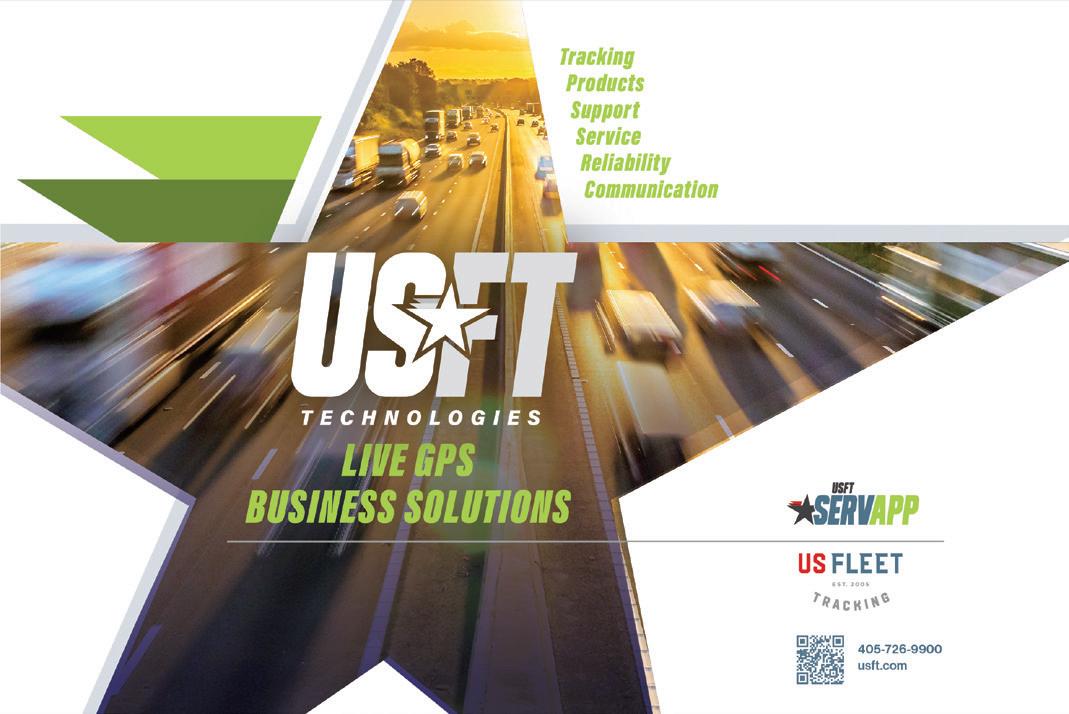
Agero has launched its fifth annual Summer Hustle program to recognize the exceptional work of towing and roadside assistance providers during the busiest time of the year. Running from June 29 to September 6, 2025, this 10week initiative rewards top-performing providers with over $30,000 in cash and prizes for outstanding service.
Designed to meet the surge in summer travel demand, Summer Hustle ’25 spotlights service providers who go above and beyond to help stranded motorists. Each week, Agero will award $200 to 14 providers nationwide, with bonus $300 prizes during the July 4 and Labor Day holiday weeks. The company will also highlight winners every Friday starting July 11.
Open to contracted U.S.-based providers in good standing, the program reflects Agero’s commitment to recognizing the essential role roadside professionals play in supporting over 120 client programs. More information is available at www.agero.com.
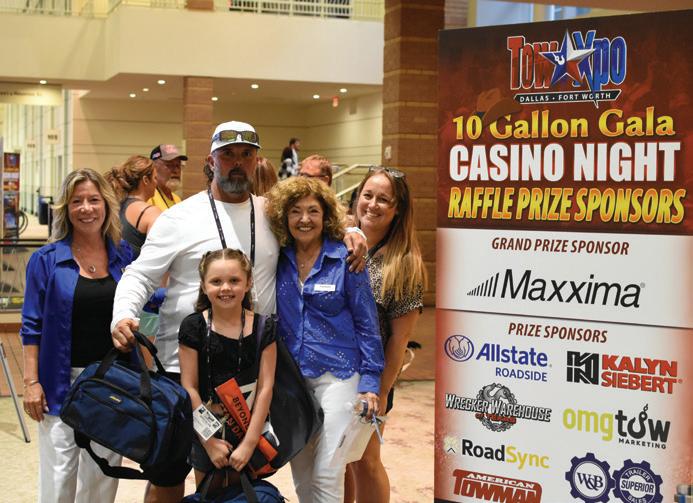












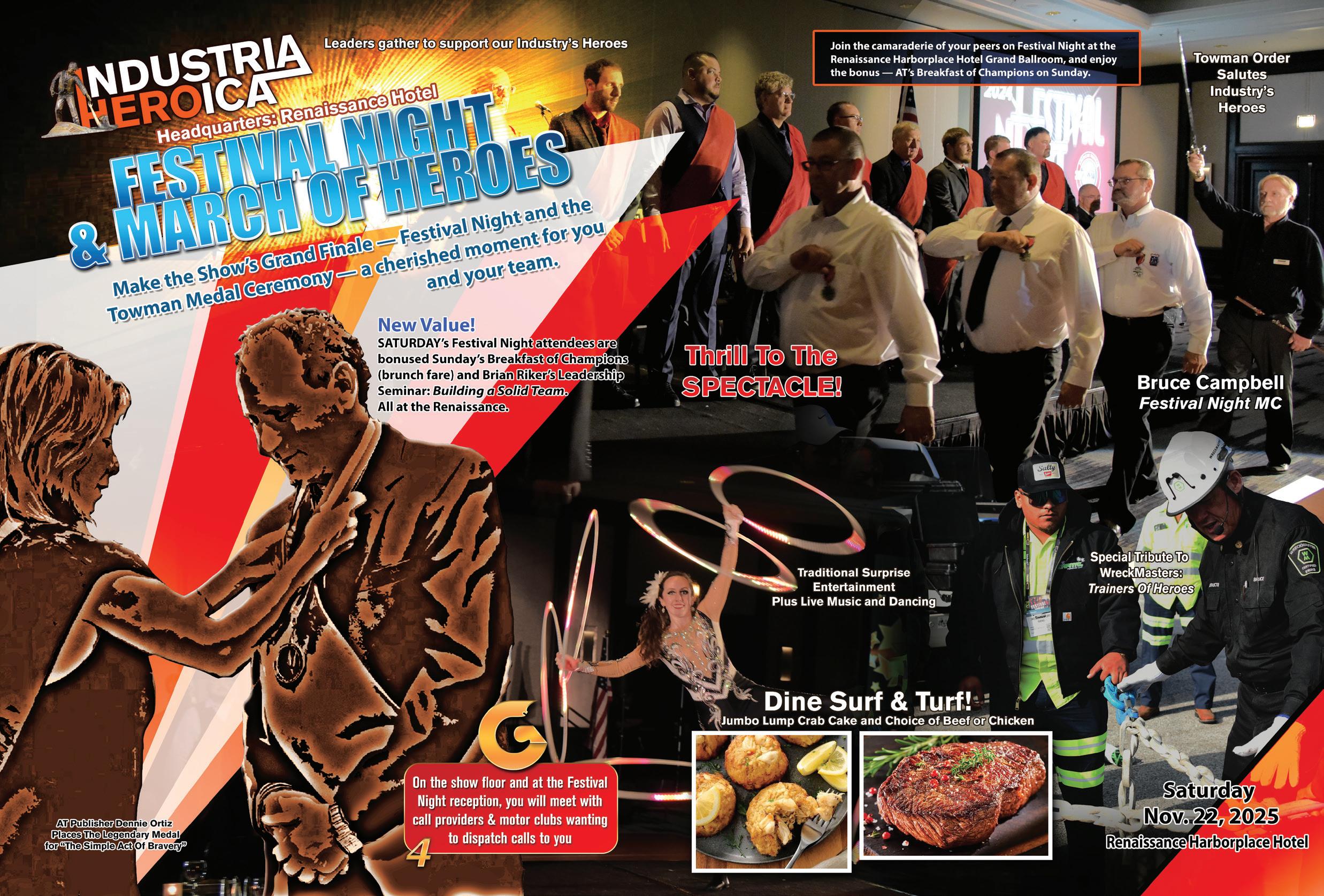

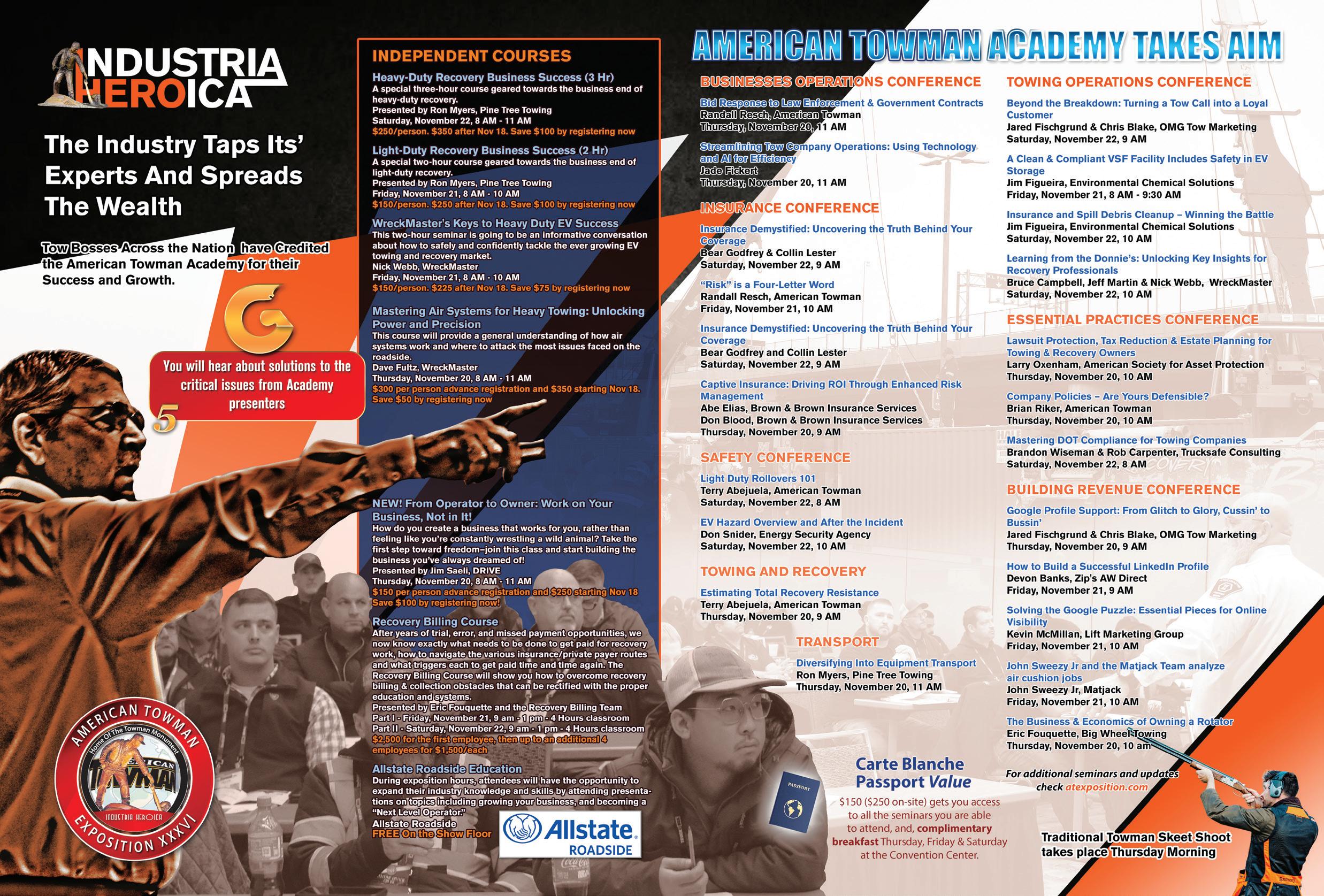



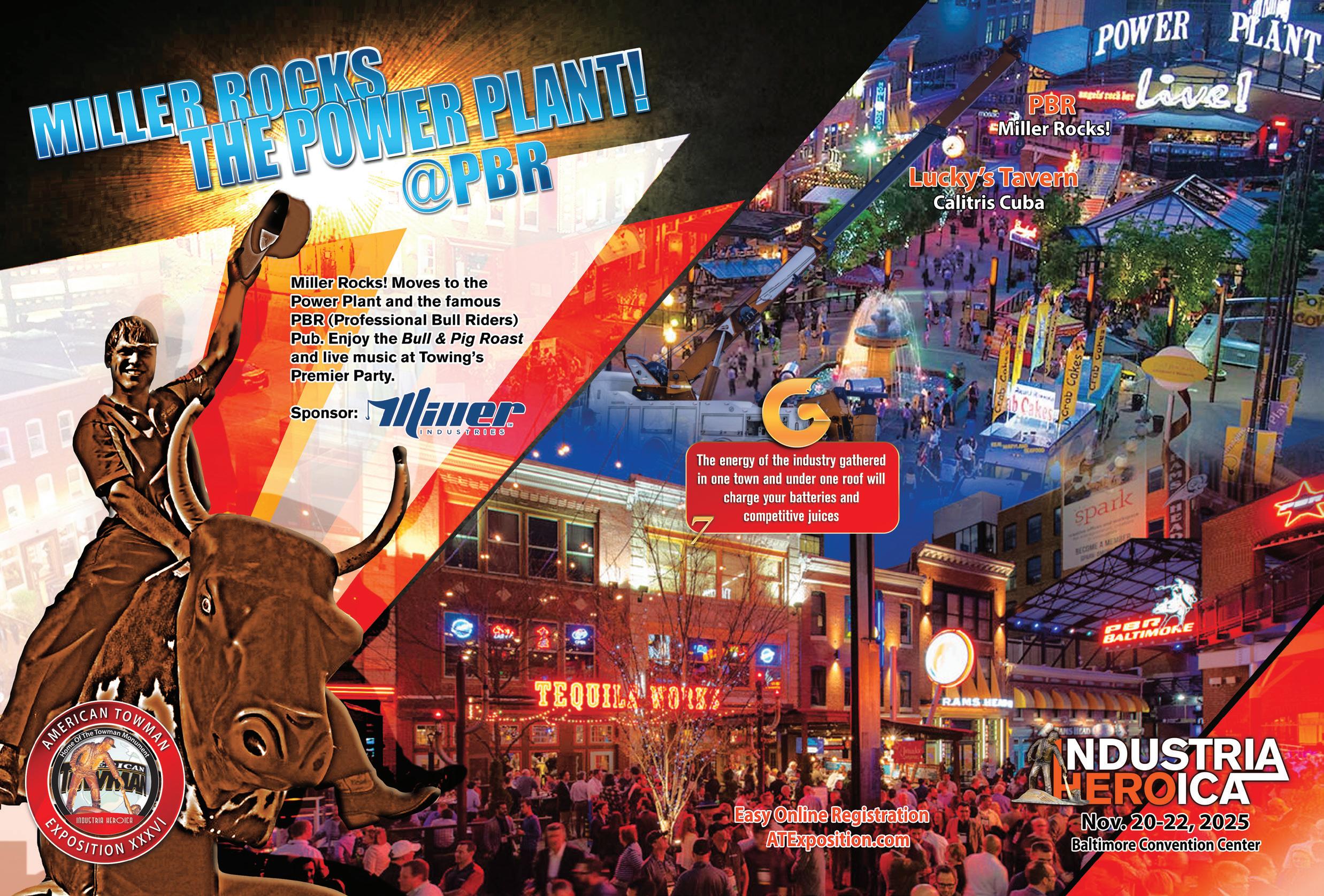





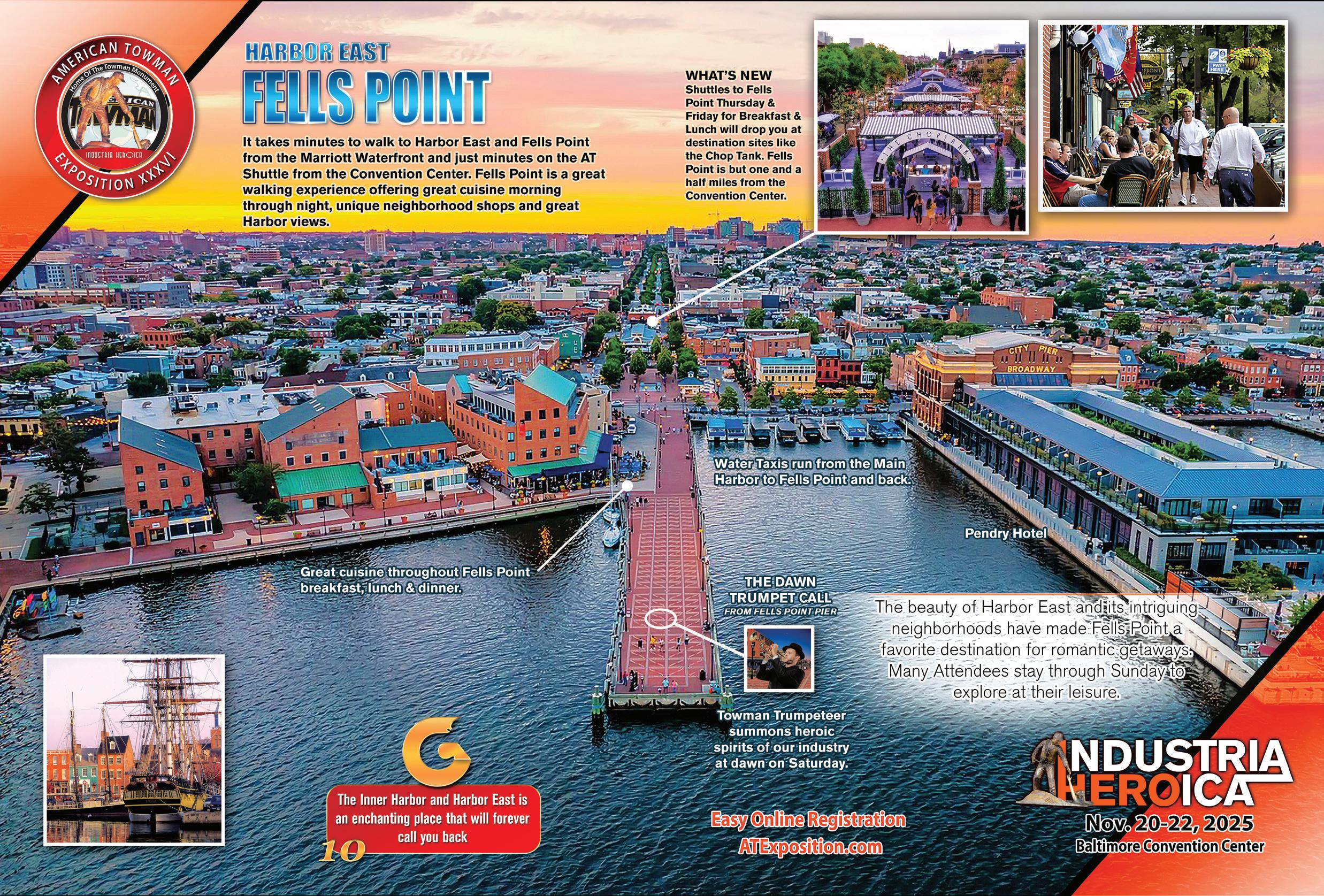

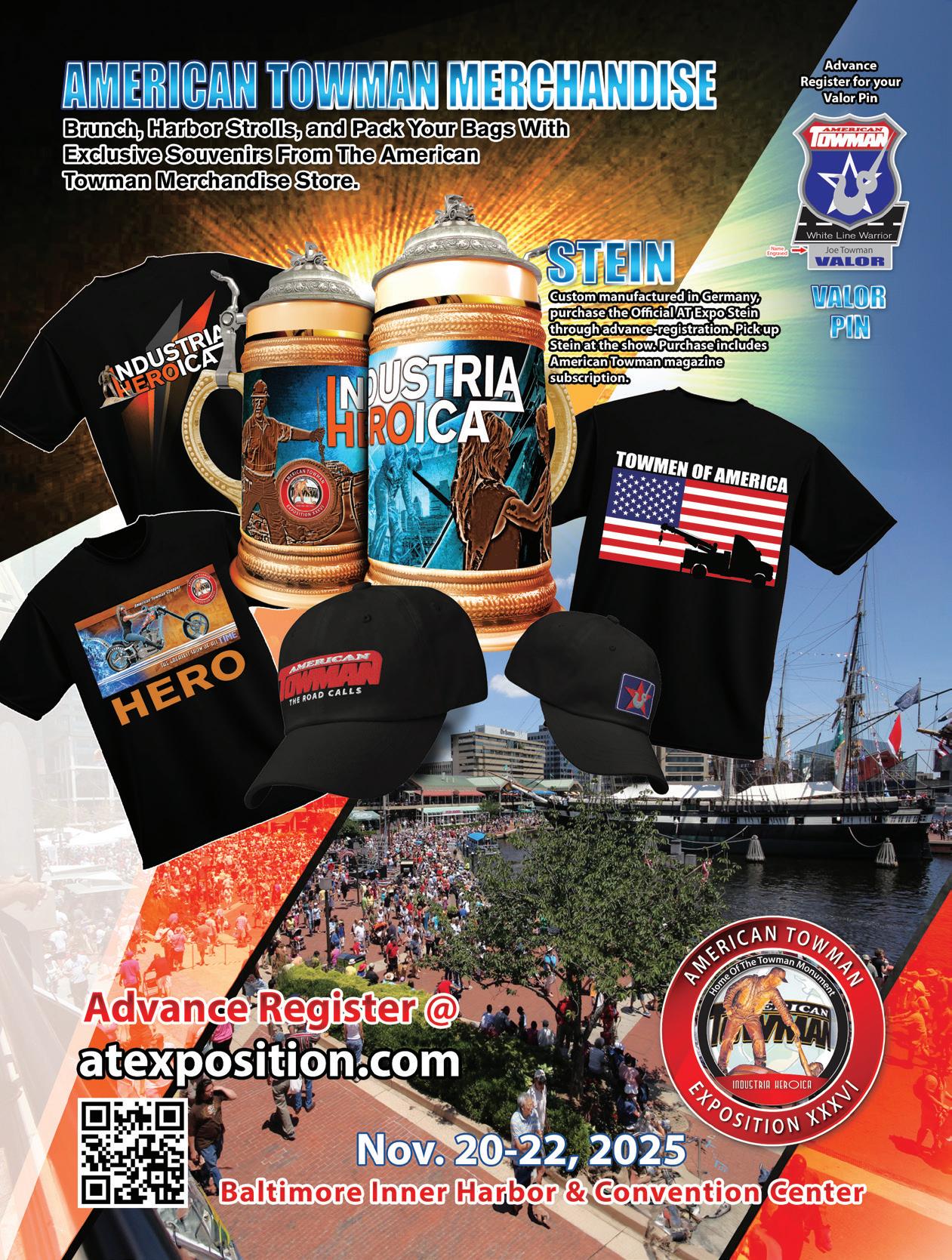




Craig Schneider is CEO and Co-Founder of Tow4Tech, a technology platform transforming how commercial towing jobs are found, dispatched, and managed. With more than 30 years of experience in finance and operations, Craig is passionate about helping towers unlock new revenue and build businesses that scale.
By Craig Schneider
Picture this: It’s after midnight. An 18-wheeler hauling frozen food is broken down on the shoulder of a remote highway. Every passing minute risks spoilage, missed delivery windows, and thousands in lost revenue. The driver’s only question: How fast can someone get here?
That urgency defines the heavy-duty towing industry. And today, thanks to new technology platforms, towing companies equipped to handle commercial recoveries have more opportunity than ever without paying a dime to get in the game.
Not all towing jobs are created equal. While light-duty work serves an essential role, heavy-duty towing is in a different league when it comes to economics, specialization, and demand.
Every hour of downtime for a Class 7 or 8 vehicle can cost a fleet operator anywhere from $400 to $1,000+ in penalties, driver hours, and lost productivity. When a truck is stuck, it’s not just inconvenient— it’s expensive. This means commercial fleets prioritize speed and reliability over price, creating an incentive structure that rewards tow operators who show up fast and get the job done right.
Heavy-duty calls are also typically higher-paying, more marketable (not commoditized), and built on trust and repeat business. Whether it’s a winch-out, load shift, or full recovery, these jobs require skill, equipment, and professionalism, and they pay accordingly.
The only challenge? Getting your name in front of the right customers. ◀


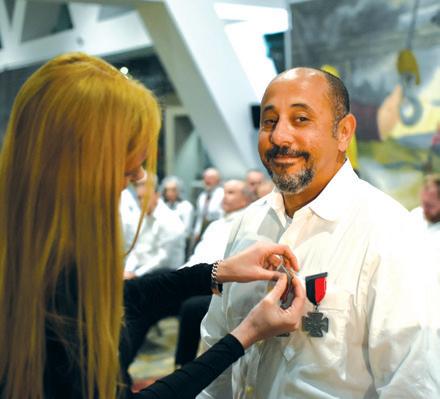
As a Towing Professional, be recognized by your Police or Fire Chief for serving your community in an exceptional way
Have your Police or Fire Chief nominate you for
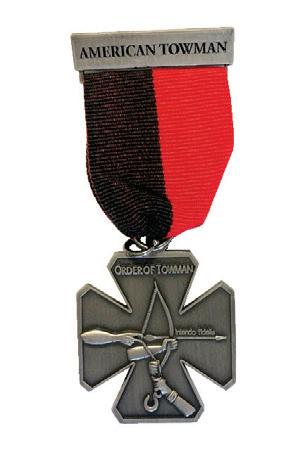
Should you feel you qualify, take this nomination form to your chief.
• For the past 15 years over 2,000 police and fire chiefs across the U.S. have nominated towing professionals for The Order of Towman, presented by American Towman Magazine in recognition of their supreme dedication to their communities and to the professionalism in their trade.
• No one knows better than chiefs how towers rise to the occasion to face challenges at incident scenes or support their departments.
• While American Towman Magazine mails nomination forms to chiefs nationwide, it may take more than one notice.
Deadline: September 30, 2025 for nominations. The ceremony presentation of the Cross of The Order will take place at the American Towman Exposition in Baltimore. Nominee (Owner or


That’s where technology is changing everything.
In the past, getting consistent heavy-duty work often meant longterm contracts, word of mouth, or expensive marketing campaigns. Today, a new generation of towing platforms is flipping this model on its head, offering heavy-duty operators free exposure in the commercial market, with no upfront costs and no wasted time.
Using Tow4Tech (tow4tech.com) as an example, this platform was built specifically for the commercial towing space. Unlike traditional call centers or dispatch networks, this technology connects fleets and truck drivers directly with heavy-duty towers based on real-time availability, GPS location, and equipment match.
It enables tow business owners to set their own rates – no fixed pricing or undercutting. They only accept jobs they want with complete control over their schedule. These businesses are getting paid fast through secure, integrated payments. Furthermore they gain visibility — without spending a dime on advertising.
Putting it simply, this type of technology gives towers a seat at the table for jobs they would never otherwise see. And when a nearby fleet has a breakdown, the platform can increase awareness of a business based on its capabilities and location, instantly.
Getting back to the scenario of that truck of frozen food broken down at midnight, let’s compare it with a recent real-world case. A refrigerated unit carrying timesensitive freight went down on a highway off-ramp. The fleet manager used the aforementioned platform to request help. Within 10 minutes, a heavy-duty operator was on ◀
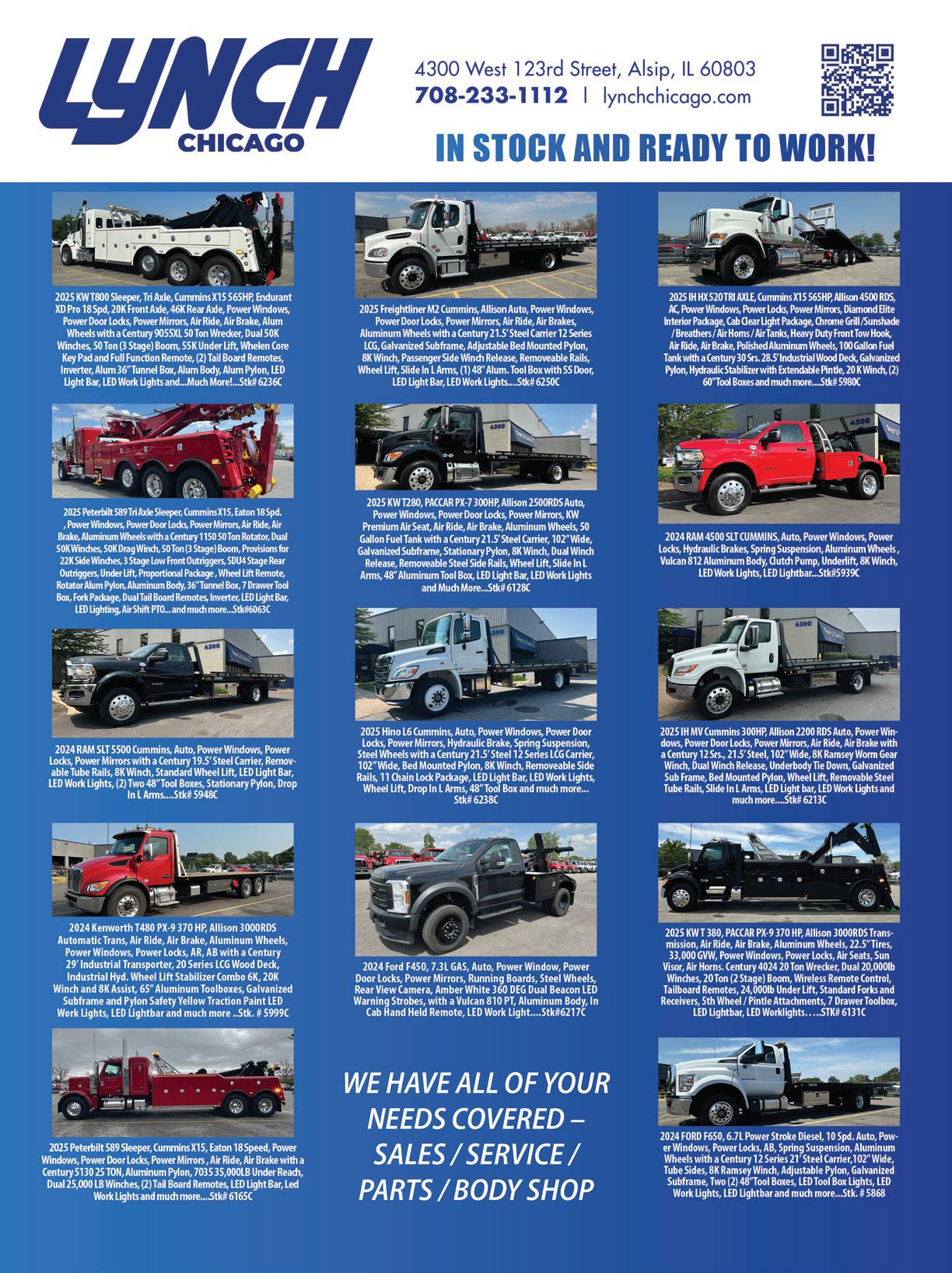
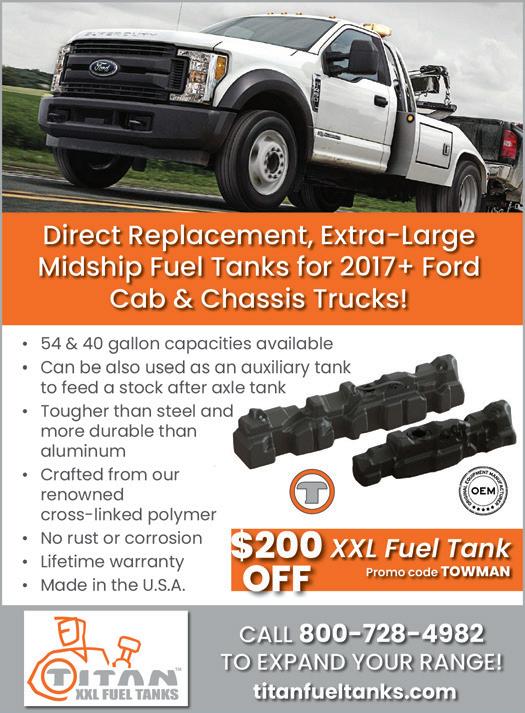
scene, equipped, ready, and already routed via GPS. In a total of 40 minutes, the truck was hooked and towed to the service center. That job, from start to finish, was completed quicker than the other companies had estimated their time for arrival.
The result? The customer avoided spoilage penalties, and more important for the towman, he acquired a premium-rate job.
For towers who already operate heavy wreckers, or for light-duty companies thinking about expanding into medium and heavy-duty jobs, the future looks bright. The demand from the freight, logistics, and commercial vehicle sectors is only growing, and the platforms serving them are getting smarter, faster, and more accessible.
More important, these platforms are designed to help a tow company succeed. They don’t charge for job leads, or force pricing. And they don’t take a cut before a company gets paid. Instead, these resources help a tow company grow and keep more of what it earns.
Some platforms now allow truckers or fleet managers to instantly request service, view nearby operators with appropriate equipment, and get an ETA that reflects live traffic data and operator location. (Not just an estimate from a call center rep.) Tow companies retain control ◀
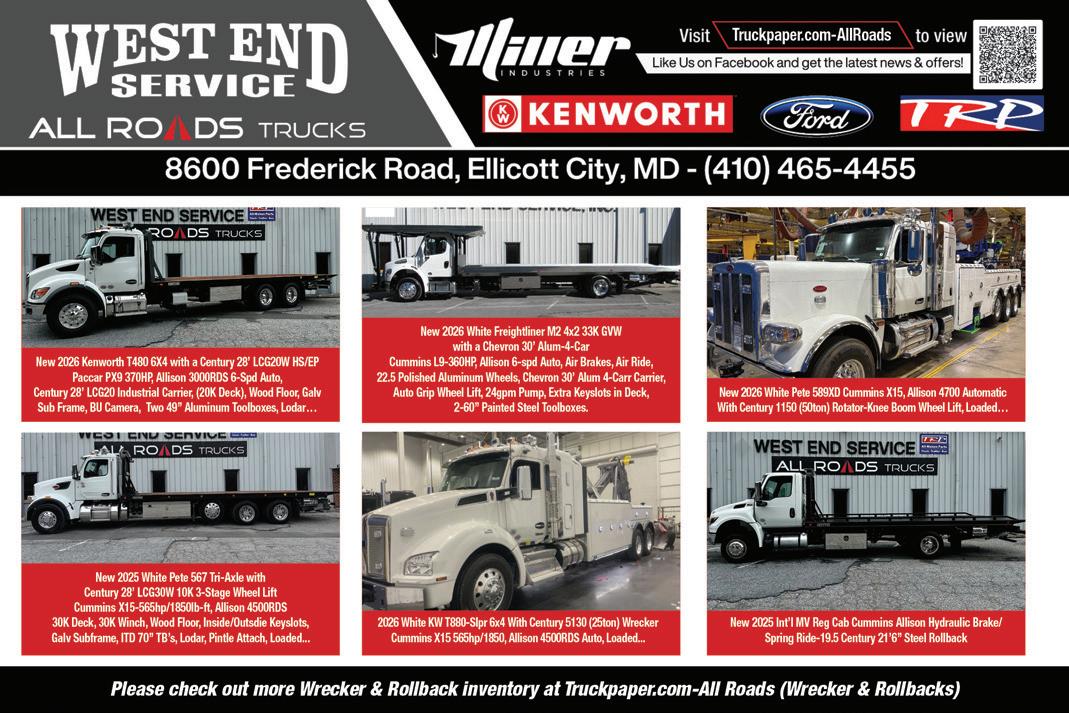

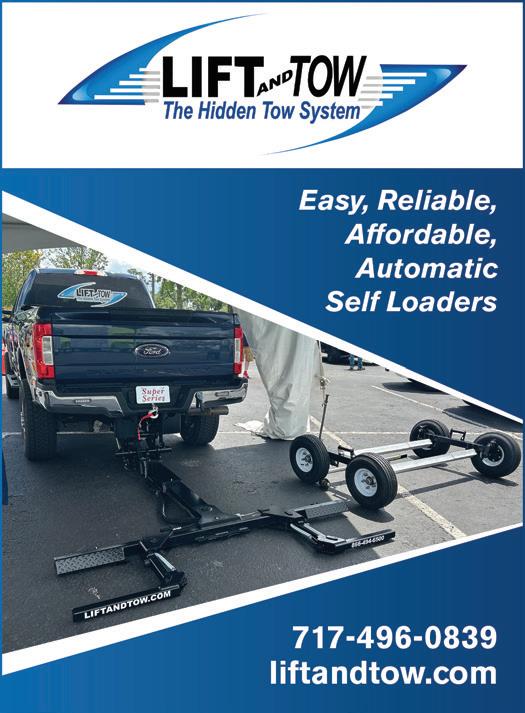
over their rates, accept only jobs that make economic sense, and get paid promptly via integrated payment systems.
The heavy-duty towing industry is in the middle of a quiet revolution, one powered by Technology, Transparency, and Trust. While light-duty towing remains an essential backbone of the industry, it’s the heavy-duty sector that offers some of the most exciting paths to profitability and business growth.
Technology platforms are making it easier than ever to step into that world without upfront investment, without middlemen, and without limits. So, whether you’re already running rotators and wreckers, or just starting to consider what’s next, know this: the opportunity is here for the taking. And with the right tools, tow companies don’t have to chase it, instead it just comes to them.



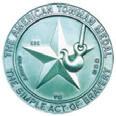

By Brian Edward Walters
Editor’s Note: The following is the stirring speech given at the Masters of Chaos dinner and awards presentation at the TowXpo in Fort Worth, Texas this past June 26th, 2025 by industry expert and advocate, Brian Walters. Every year, towing professionals across the nation face chaotic, high-stakes roadway incidents that demand skill, determination, and problem-solving expertise. American Towman once again recognizes and celebrates them.
It is an honor and a privilege to be here tonight. To stand in this room, among the very best of us. The Brave. The Skilled. The Relentless. The Masters of Chaos!
You know, I’ve spent a lot of time in my career with people who respond to crises. People who show up when the rest of us are backing away. And I can tell you this: There are few in this country—if any—who carry the weight you carry. Few who can step into the chaos of a crash site and bring calm. Few who can stand between danger and safety, between death and deliverance— and do it without fanfare.
You bring courage when the scene is volatile. You bring grit when the odds are long. And you bring resolve— unyielding, unshakable resolve, when the rest of the world is still trying to figure out what went wrong. You don’t just show up. You take command. And that’s why every year; this room isn’t just full of recovery professionals. It’s full of legends in this industry.
Now, here’s something I know to be true: When disaster strikes—when there’s twisted metal, smoke, and shattered glass, when the road shuts down and fear sets in—you’re not just cleaning up. You’re restoring order.
You’re protecting lives. You’re doing public service. And you do it … not for glory. Not for headlines. Not even with the guarantee that you’ll get paid what you’re owed. You do it because that’s who you are. You do all this with the hope—but never the promise—of payment. Because when the wreck is cleared and the police have moved on, when the lights stop flashing and the paperwork begins, there is one industry left standing in the gap.
Rise up and lead. Not just in recovery—but in professionalism. In technology. In unity. Because if you don’t do it, if we don’t do it, someone else will. And I don’t know about you, but I’d rather see this industry shaped by the ones who know it best.

You are the insurers of last resort. The ones who bear the burden when no one else can—or will. When the motor carrier won’t answer the phone, when the vehicle owners have disappeared, when the insurance adjuster goes silent, when the city or the county or the state turns a blind eye, it falls on you. Not because you asked for it. But because you never turned away from it.
You in this room are a support system stronger than any winch line, a network of men and women bound not just by trade, but by honor. When the load is heavy—you lift. When the system fails—you fix it. And you keep going, not for the thanks, not for the money, but because someone has to. And that someone has always been you. And still you show up. Still you haul the wrecks. Still you clear the lanes. Still you make the road safe for every other driver who will never know your name.
But here’s the thing. That kind of sacrifice; That kind of professionalism; That kind of everyday heroism; It ought to mean something. It ought to come with dignity. It ought to come with respect. It ought to come with a seat at the table with decision makers.
And that’s why I’m here tonight. To say: it’s time. It’s time for this industry to Rise Up! Rise up not just when the call comes in—but before it does. Rise up and set your own standards, higher than any statute, any regulation, any ordinance, any policy written by someone who’s never worked a wreck at 3:00 AM.
Let me tell you what I see when I look out at this room: I see expertise. I see sacrifice. I see legacy. But most of all, I look and I see the future. I see the possibility of an industry that doesn’t just respond to chaos, but shapes the standards for what comes next. Where we don’t just meet expectations—we exceed them.
Where we don’t just survive the system—we improve it. Where we don’t just ask for a seat at the table—we build the table.
So tonight, once again, we celebrate you, the Masters of Chaos. The men and women who’ve seen more than most could bear. And still, you get up the next morning, and you do it again.
But I say let this dinner be more than a celebration. Let it be a declaration. That from this day forward, we rise. We rise together. We rise with purpose. We rise with power. Because if we want to shape the future of this industry, we can’t just rise to meet the wreck—we have to rise to meet the moment.
And that means investing in advocacy. It means building the kind of legislative power that ensures your work is not only seen, but protected.
Because I’ve been to the capitol, and the folks writing the rules aren’t always the ones pulling the wrecks. If we don’t fund the fight, if we don’t lead the charge, rest assured someone else will. And that person may not have your back. Let’s make sure the people who move America’s highways have a voice that can’t be ignored. Because when the world breaks down, when everything is twisted, and loud, and dangerous, you don’t back away. You rise. And that, I believe, is something worth building on. Thank you and God bless you all.

Pampa, Texas
March 14, 2025
On March 14, 2025, towing teams across the state of Texas sprang into

action as a wildfire outbreak swept the state, bringing hazardous conditions and treacherous roads.
A disastrous collision occurred on I-40 at mile marker 133 in Alanreed, Texas during a raging wildfire outbreak, resulting in two fatalities.

Harlingen, Texas
October 14, 2024
On October 14, 2024, at a Love’s Truck Stop in Harlingen, TX, the lives of perhaps thousands were at risk when a propane tanker carrying 85,000 pounds of liquid propane rolled over, landing mere feet away from the fuel pumps. It could have unleashed a blast of unimaginable proportions.
Local Police and Firefighters
Arden, North Carolina
September 18, 2024
A devastating 10-plus vehicle accident occurred on September 18, 2024 on I-26 in Hendersonville, NC resulting in a 12-
evacuated the area and closed all roads to and from the area to traffic.
Five members of the Capital Towing team mitigated the disaster with a meticulous approach and cleared the scene in just five hours.

Bob Douthit Autos Wrecker Service arrived to a chaotic scene, carefully removed a semi from atop a crushed car and proceeded to pull trucks and cars from the roadway. The team of 11 operators helped minimize further accidents.

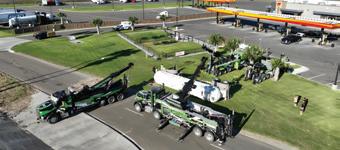

hour shutdown of the busy interstate. The collision involved two tractor-trailers and numerous passenger vehicles, resulting in one fatality and a trail of destruction.
Carolina Towing of Arden, NC worked alongside local fire & police to clear the wreckage. A significant challenge arose
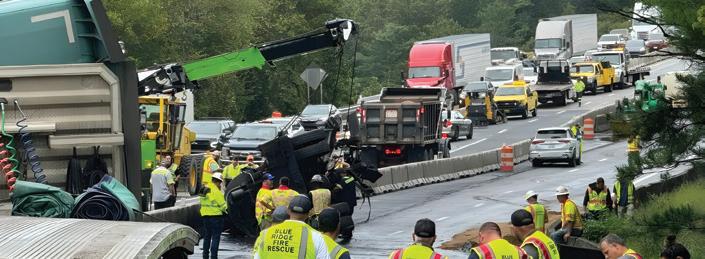
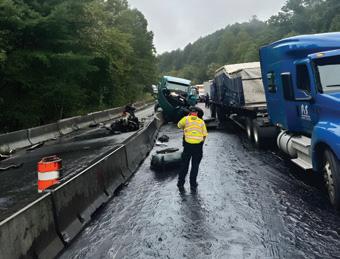
from a sticky, tar-like, sealant splashed across the asphalt.
The cleanup process was intense, but thanks to the collaborative efforts of responding agencies and Carolina Towing, the highway was eventually cleared.
Grand Prairie, Texas
April 19, 2019

On April 19, 2019 on I-30 in Grand Prairie, TX, Dave’s Hi-Way Wrecker Service responded to a scene after a tanker truck carrying unpasteurized, (“raw”) milk veered off the highway.

North Little Rock, Arkansas
January 25, 2025
On January 25, 2025, a crash occurred on I-40 involving two semi trucks. A semi hauling U.S. mail parked on the shoulder was hit by another semi, sending mail across the highway and into the surrounding woods.
Once the critically injured driver was removed from the scene, JHook Towing’s team sprang into action and gathered mail using flashlights.
San Antonio, Texas
November 13, 2024
On November 13, 2024, on the lower level of IH-10 in San Antonio a tractor trailer carrying solar panels caught fire.
San Antonio Fire & Police responded quickly, eventually extinguishing the flames with foam and water.
Mission Wrecker devised an efficient plan involving their heavyduty wrecker and rotator.
The tanker split open spilling its contents and flooded the area with raw milk that posed a risk of bacterial contamination.

Dave’s Hi-Way Wrecker Service worked to contain the spill while prioritizing public safety. The busy commercial interstate was closed for approximately five hours.
The prompt response of Dave’s Hiway to manage the messy scene helped minimize further disruptions.

The incident also involved damaged fuel tanks, which spilled hundreds of gallons of diesel fuel. JHook Towing’s teamwork ensured a successful response to this complex incident, which was cleared in 14 hours.
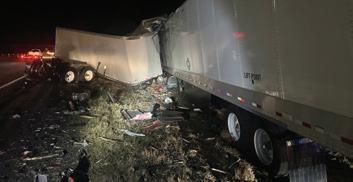
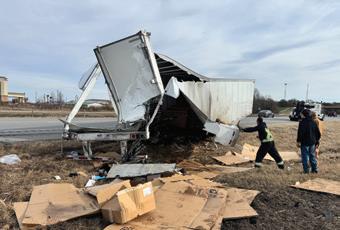
Mission Wrecker’s team of six worked diligently to complete the massive cleanup of panels, debris, and fire foam. Their extreme efforts paid off, as the entire process of recovery and cleanup was completed in just four hours.

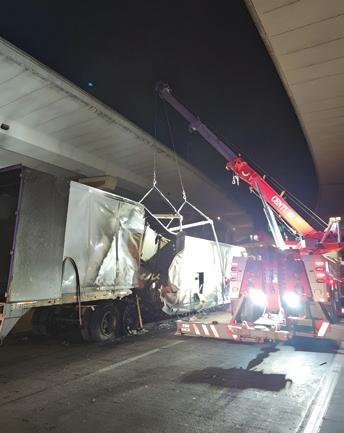
Amarillo, Texas
March 14, 2025
On March 14, 2025 in Amarillo, Texas, a chain-reaction crash occurred

involving 10 tractor-trailers and at least 20 passenger vehicles in the Texas Panhandle. The incident coincided with an intense windstorm sweeping across the region.
Ricky’s Towing worked in collaboration with K3 Towing, Recovery and Transport, and Cierra Towing &

Schertz, Texas
September 30, 2024
A multi-vehicle crash on IH-10 in Cibolo, TX on September 30, 2024, brought chaos to a busy highway. The incident involved three tractor-trailers and one passenger vehicle, resulting in multiple injuries.
The chainreaction crash began
Wrecking Service, as well as police & fire departments. Ricky’s team worked for nine hours to clear the wreckage, navigating treacherous conditions. The collaborative efforts ultimately allowed the roadway to be reopened, bringing some relief to the Texas rolling plains.

when a tractor-trailer carrying 7500 pounds of industrial-sized paper rolls was struck, spewing paper across the highway.
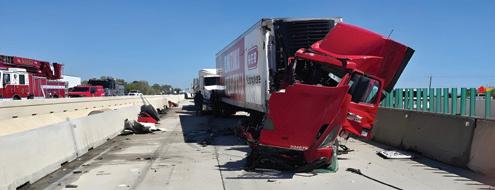

Roadrunner Towing was dispatched to the scene, where their expertise was crucial in navigating the complexities, which included several miles of traffic.
Roadrunner Towing’s skilled response ensured that the highway was cleared and this vital commercial route was reopened.
Austin, Texas
March 14, 2025
On March 14, 2025, Southside Wrecker, in collaboration with Austex Wrecker and Lakeside Towing, responded to a catastrophic multi-vehicle accident on a major Austin highway. The scene involved two tractor-trailers, one box truck, 10 passenger cars, and claimed five lives.
Witnesses likened the scene to a disaster zone and
recovery efforts were delayed due to the extensive police investigation. In direct collaboration with all on scene personnel, Southside Wrecker worked tirelessly for nearly 8 hours to clear the wreckage and was instrumental in resolving the crisis.
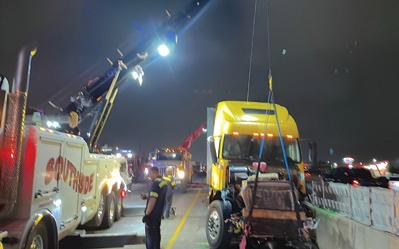

San Antonio, Texas
November 9, 2024
On November 19, 2024, on Loop 410 in San Antonio, a tractor-trailer carrying perishable grapes caught fire. The severely damaged trailer spilled grapes everywhere.
The incident caused significant traffic disruptions in the immediate area and outlying regions.
Texas Towing made the unconventional decision to dump the grapes, which proved effective, as rolloff containers were loaded by skilled laborers, and the contaminated grapes were taken to a landfill.
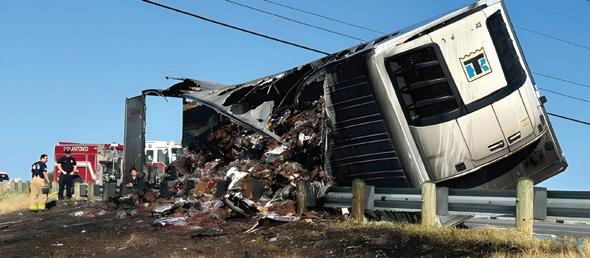
Zanesville, Ohio And PINE TREE TOWING
Cambridge, Ohio
May 20, 2025
On May 20, 2025, Twin Peaks Towing responded to a tanker crash on

The operation was completed in approximately 4.5 hours and Incident Command acknowledged it was “quicker and safer.” Their expertise minimized disruption and ensured public safety.

I-70 in Guernsey County, OH. A tanker truck carrying a hazardous chemical had broken down and was releasing a green ooze.
Emergency service teams were called in and neighboring towns were put on alert. The leak was contained at approximately 20 gallons, but residents were later instructed to have their well water tested.
The hazardous material was
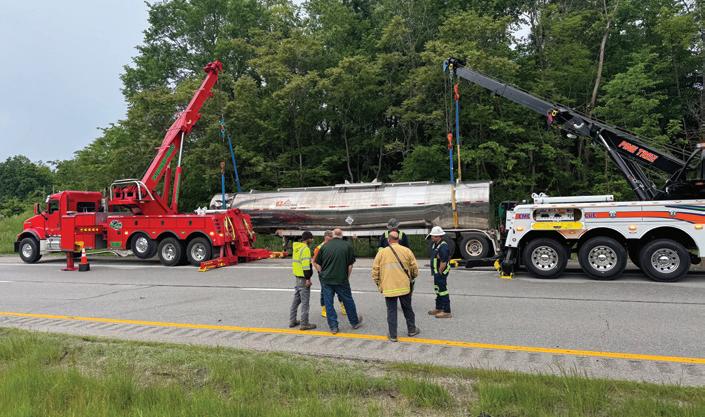
pumped out and contaminated soil was excavated and removed to ensure environmental safety.
The collaborative efforts of Twin Peaks Towing & Recovery and Pine Tree Towing were instrumental in bringing the situation under control and minimizing risk to the environment and public safety.

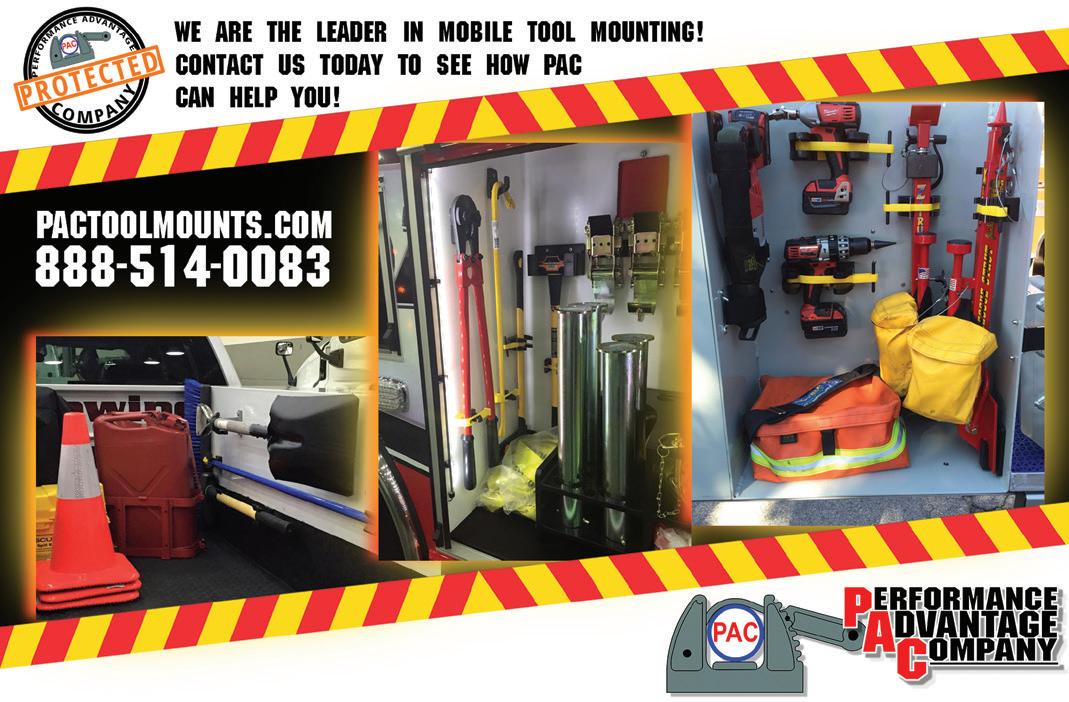

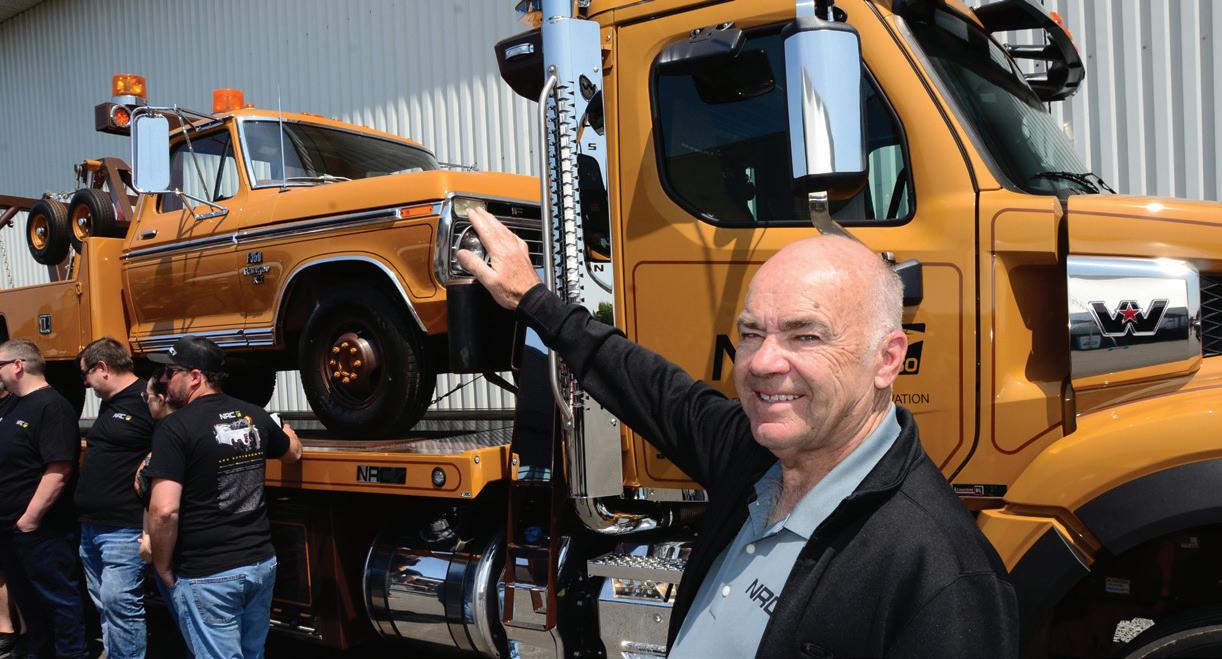
By Steve Temple
Summing up one man’s lifelong devotion to building tow trucks and creating new towing technology is no simple task.
Norbert Pigeon, who founded NRC Industries 50 years ago with his brother Raynald and wife Colette, is the “N” in the company name. (The “R” refers to his brother Raynald, the “C” to his wife Colette, who were equal partners.) Over the years, he’s always given credit to both family and friends who not only helped the company overcome setbacks, but also to prosper by introducing new and better designs for the towing industry.

“Succeeding is good,” Norbert points out, but “Succeeding together is better.” In keeping with this motto, the company is well known for being an equal opportunity employer that embraces diversity.
Norbert’s fascination with all things mechanical began as a young man, and has remained with him throughout adulthood. In 1965, ten years before NRC was established, he started out working in an unheated workshop on the family farm in Sainte-Madeleine, Quebec. At the time, his small company specialized in ornamental iron, general welding, and the manufacture of truck boxes.
This hands-on work experience eventually led to Norbert’s first towing innovation in 1974, a prototype for his patented hydraulic under-lift. Numerous innovations would follow in the years to come, but initially this one didn’t seem to hold much promise. Most tow trucks of that time towed a car by hooking a chain to the bumper and pulling it. But as automotive designs evolved into a more fragile unibody chassis without sturdy
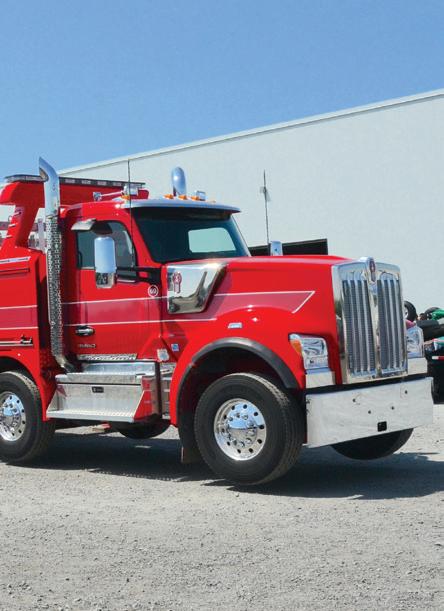
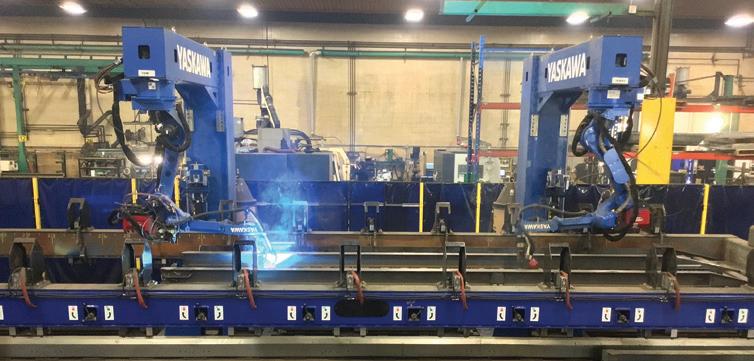

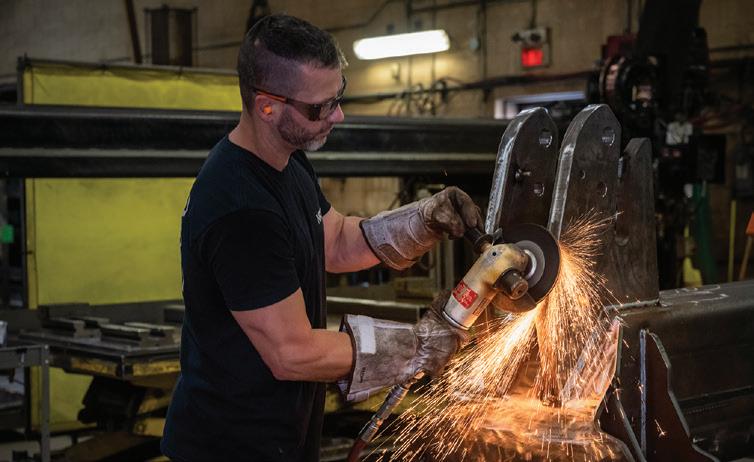
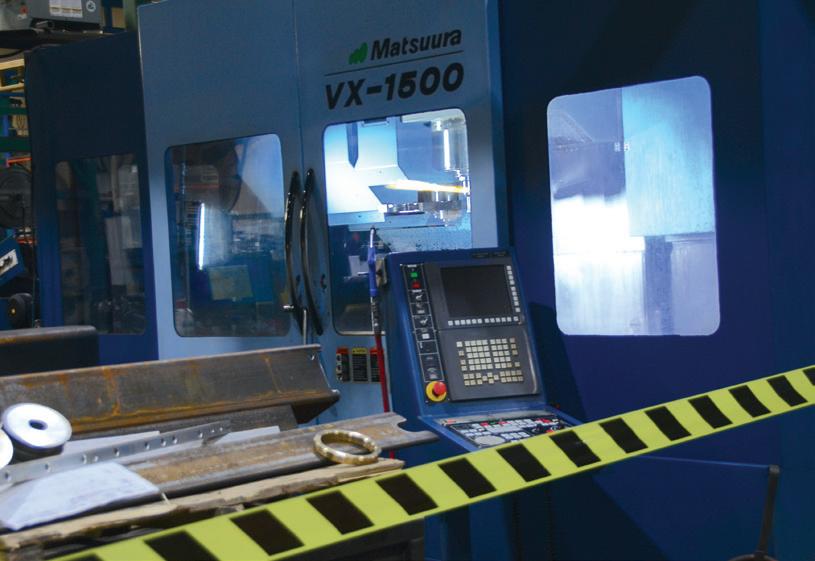

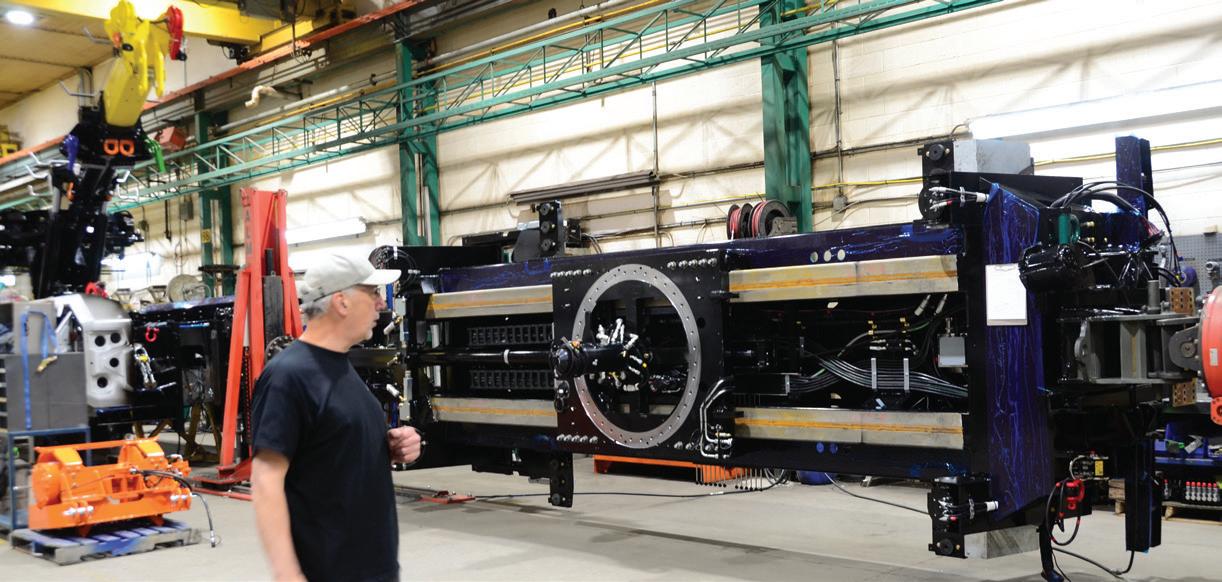
frame rails, the Model 500’s setup proved itself in preventing damage to towed vehicles.
During the decade of the 1980s, NRC grew through acquisition of a competing manufacturer of heavyduty wreckers, along with entry into the U.S. tow truck market, and offering the first detachable underlift for a heavy-duty wrecker.
In the early 1990s, even more NRC innovations came about: the Slider System (allowing movement of the boom fore and aft that doubled lifting capacity). Additionally, teflon-coated plates replaced conventional castiron plates for smoother operation and reduced wear.
This was soon followed by the first sliding rotator that greatly
enhanced towing versatility. The swiveling base enabled wreckers to grab loads from the sides as well. This led to installing outriggers much lower down, yet another NRC game-changer.
Later on in this same decade, NRC is hailed as the first company to release a detachable unit. Called the Quickswap, it allows the operator

to do towing jobs without having to dedicate a truck to it. The optimized, lightweight design provided higher profitability, with savings on fuel, tire replacement, and insurance. Also invented at this time was the Tag Axle, which allowed for increasing the payload and transfer weight to the front of a tow truck.
Ushered in with the New Millennium was the Heavy Incident Manager, representing a pivotal shift in the company’s product line. NRC decided to focus on the heavy-duty models, letting go of the smaller trucks to address industrywide problems that needed to be resolved. Also, the incorporation of Kevlar composite bodies in 2006 minimized corrosion and added strength while reducing the overall weight of NRC wreckers.
Due to increased market demand, in 2022 NRC added a second factory next to the company’s headquarters in St-Paul-d'Abbotsford, Quebec, Canada, for a combined total of 212,000 sq.ft. As shown in the photos, these facilities host an array of ultra-modern manufacturing processes, including robotic welders, CAD/CAM machining, swiveling assembly platforms, and composite laminate bodies. ◀
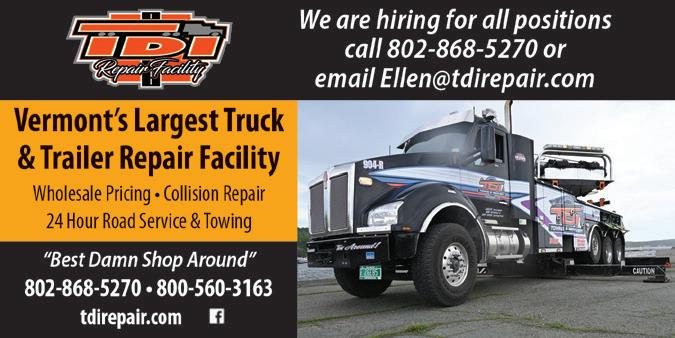
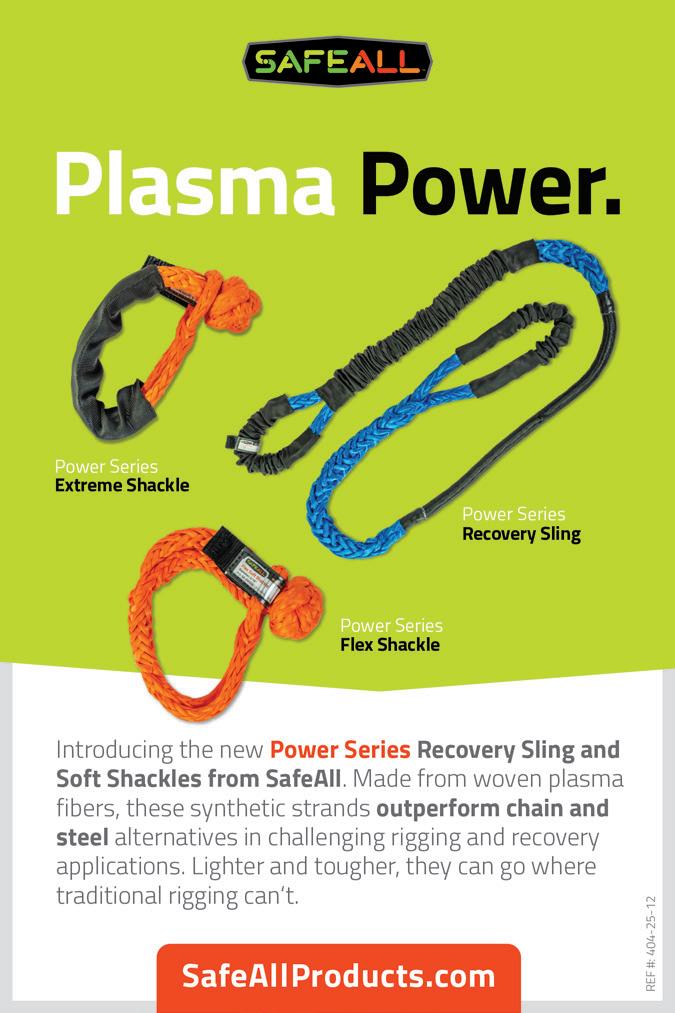
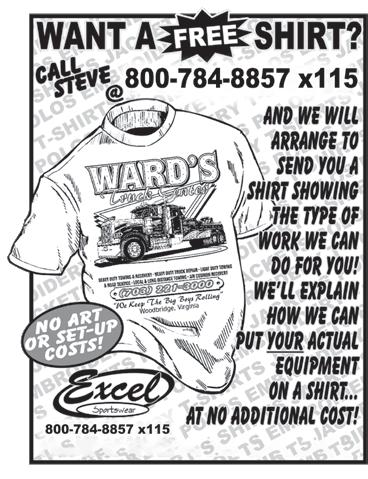



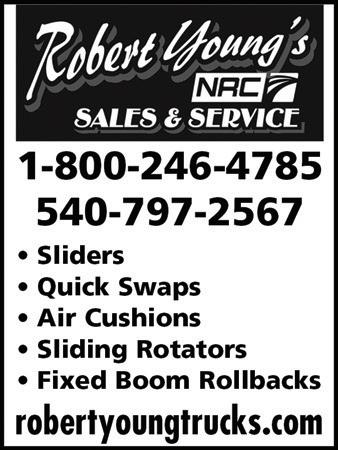





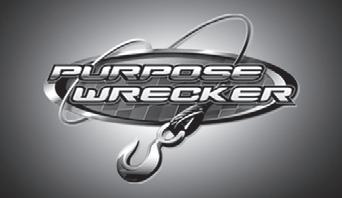


In addition, at the 2024 American Towman Exposition in Baltimore, NRC debuted its new Lift-Q. Utilizing advanced algorithms, the Lift-IQ provides a visual monitor that displays quick calculations in real-time for moving or lifting a load. Instead of an operator having to estimate loading, the Lift-IQ automatically indicates the capacities of the boom, based on its angle and length, along with the position on the bed and the outrigger positions. If the operator maneuvers anything that changes the truck’s center of gravity, the Lift-IQ immediately recalculates the recovery setup.
“We’ve gone from a lifting chart on a piece of paper to an interactive lifting chart,” notes NRC’s technical sales specialist Sebastien Daigneault. Tow operator safety has been greatly enhanced as a result.
“I am a dreamer,” Norbert says. As in, “Always thinking about how to improve things, how to solve a problem.” Which really sums up a life well-lived for tow professionals.
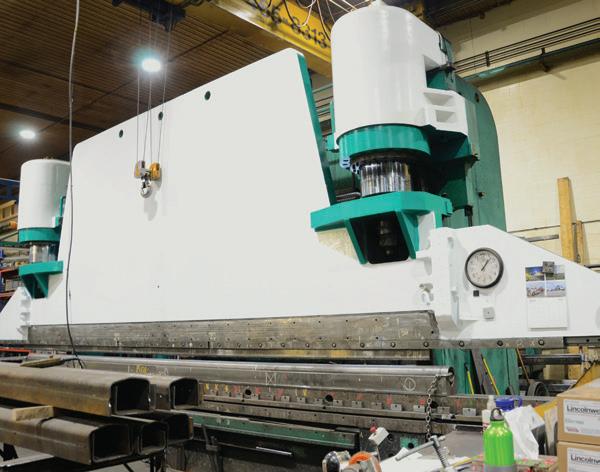
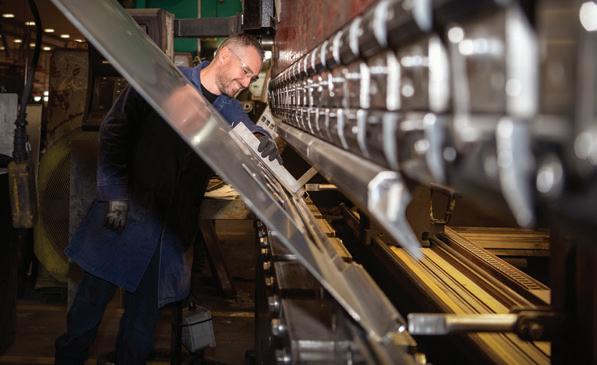
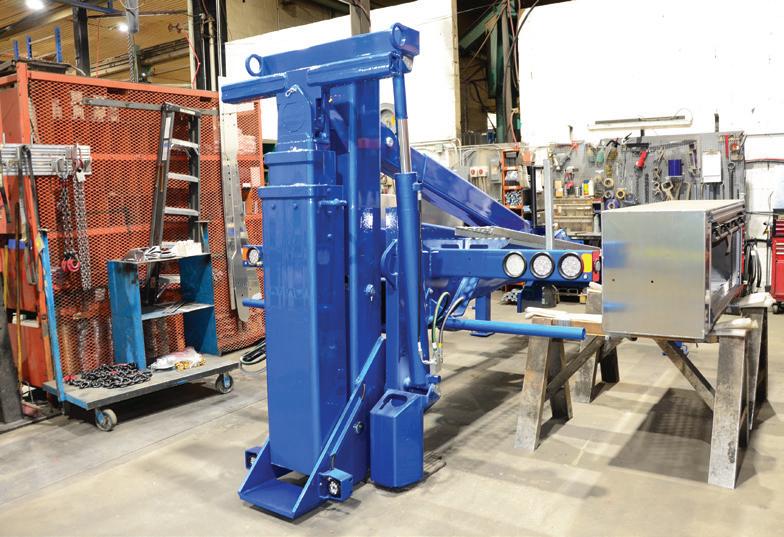
By Travis Shumate
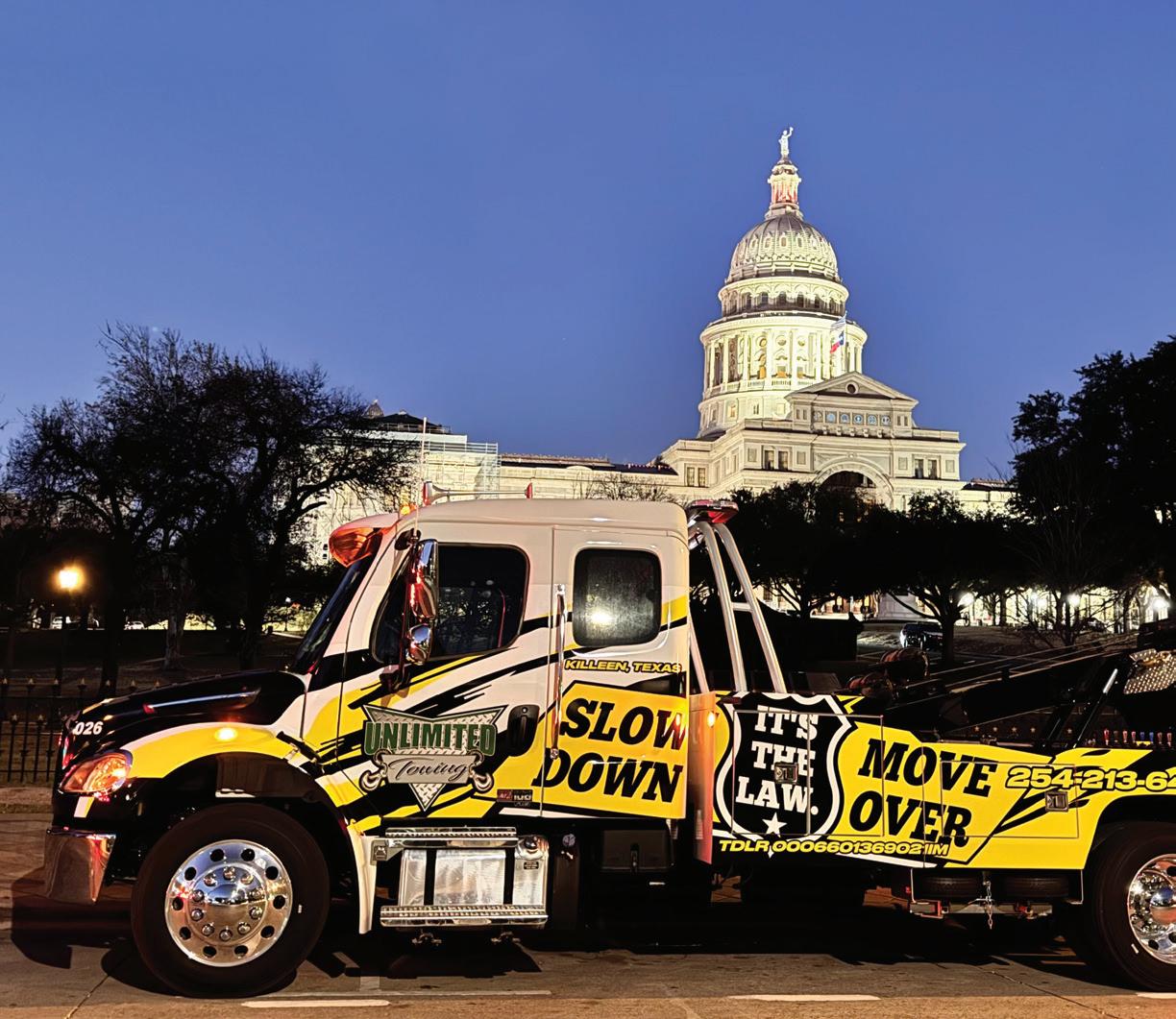
On December 20, 2024, friend and fellow operator David Holz of Unlimited Towing in Killeen, Texas, was struck and killed while strapping down a vehicle on the side of the road. A car crossed the white line, hit David, and drove away without stopping, without calling for help, and without any regard for the life they just took.
The Texas Department of Public Safety worked tirelessly to find and apprehend the hit-and-run driver. But no amount of justice can undo the pain of losing someone who was deeply loved—a dedicated worker
just doing his job.
"Slow Down, Move Over" is not just a slogan. It’s not a campaign to be recalled only when someone is killed. It’s the law, written in the blood of people like David—men and women who put their lives on the line every single day for the safety of others And more importantly—it’s a responsibility we all share.
We don’t want this message to only be seen in the wake of tragedy. It must be a message that’s seen and acknowledged every day. A message that is understood, and ultimately saves lives.
Tow truck operators, first responders, law enforcement officers, and roadside workers risk their lives daily for the sake of others. They deserve to go home to their families.
This is why we chose to cover our truck with the “Slow Down, Move Over” message. Not because it's popular or trending—but because it’s personal. It’s painful.
Too often, this message only gains attention after a tragedy. We want to help change that. We want every person who sees our truck to be reminded that lives are at risk on the roadside.


Engine: ISB 6.7L Cummins 400hp and 1075 ft/lb torque
Transmission: Allison 2500RDS 6-speed automatic
Chassis: 2025 Freightliner M2 106 Plus
Wrecker Body: 2025 Century 2465 12 Ton
Custom Features: Texas Move Over Light Bar, custom storage trays, back-up camera, full remote controls.
Graphics: Custom Slow Down Move Over graphics from Roberts Printing in Georgetown, Texas
This graphic isn’t just for awareness. It’s a call to action. Slow Down. Move Over. It’s not just a law—it’s a life-saving responsibility. We want every driver to recognize when you see flashing lights, cones, vests, or emergency vehicles—SLOW DOWN and MOVE OVER. It’s a decision that can save a life.
David was a brother, a son, a father, a friend, and one of us. Let his story be the last of its kind.
Let David’s story remind us that awareness is not enough—action is the key to saving lives.
Slow Down. Move Over. Every time. Every driver. Every lane. Respect the law. Respect the lives. Slow Down. Move Over. — In memory of David Holz
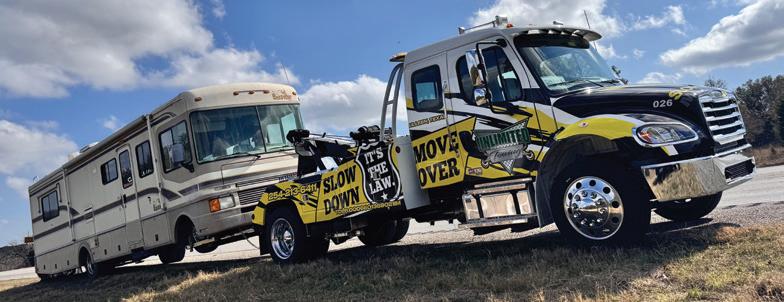
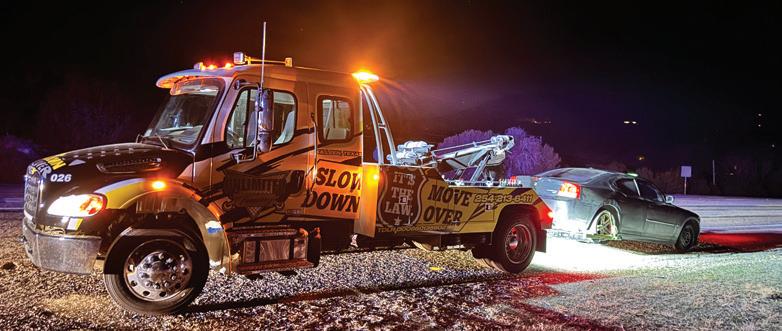

By Steve Calitri
The American Towman trumpet call at dawn from the Fells Point Pier at the Exposition in Baltimore, heralds the rise of our heroic industry (industria heroica). The lone trumpeter standing at the end of the pier, horn pointing skyward, is symbolic of the call inside one’s soul to take action, regardless of risk, to save another man’s life.
While acts of heroism seem to draw a rare breed of man, there may be heroic instincts in all of us. We are amazed by those men and women who put themselves at risk, assuming we ourselves might shrink in the moment and not rise to the occasion. This is why such acts inspire us.
Men and women do not sign on to the towing industry to become heroes, as do firefighters, whose role in society is justly glorified by all. They sign on to tow away illegally-parked cars or those that are broken down. Society itself does not tell them of the dangers and risks that are as great as those the firefighter takes. Towmen learn of the hazards on the job. Their valor is unsung.

at large does not. Tow bosses will have a healthier and happier team if the tow truck operators are regarded as the knights of the roads and white-line warriors they indeed are. Take a moment and ask yourself, what are you currently doing to acknowledge your drivers’ valor as they brave the roadways?

Steve Calitri Editor-in-Chief scalitri@towman.com
A newspaper and TV station will show pictures of the firefighter going into a burning building or carrying a person out. Yet, when a car is disabled and the motorist stranded on a freeway where 18-wheelers blast by just inches away, are the cameras there when the towman arrives to save the day, putting himself in peril?
It is important for all of us to recognize and praise the towman’s valor when society
On our part, we’ve created the personalized Valor Pin with which tow bosses may honor their drivers at the Exposition. Our song Home of the Brave, paying homage to their valor, plays in the halls of the Baltimore Convention Center. Murals depicting the towman’s bravery adorn the walls.
In the frenzied and dangerous world of high-speed vehicles on our roads, thank God for the Towman.

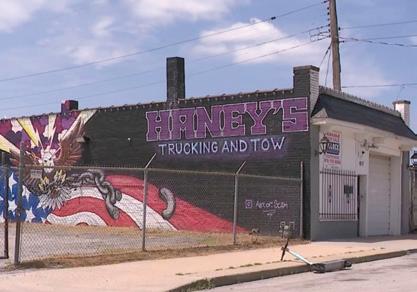
A Kansas City woman has won a $7.1 million judgment in a landmark lawsuit against Haney’s Trucking and Tow, a company accused of predatory towing. The case, which dates back to 2022, centered on the illegal towing of her food truck, Crazy Tacos, from an unmarked, vacant lot.
Attorney Brianne Thomas said
the truck was taken within 30 minutes—without the property owner's presence, a violation of Missouri law. The tow company later demanded thousands for its return, then held the vehicle for 699 days, attempting to transfer ownership.
A Jackson County jury awarded $6.9 million in punitive damages and $200,000 in compensatory dam-
ages. Though the woman recovered her food truck, it was heavily damaged and unusable. Haney’s Trucking and Tow has reportedly shut down operations and changed names. The plaintiff’s attorneys vow to collect the full award and continue fighting illegal towing in Missouri.
Source: yahoo.com
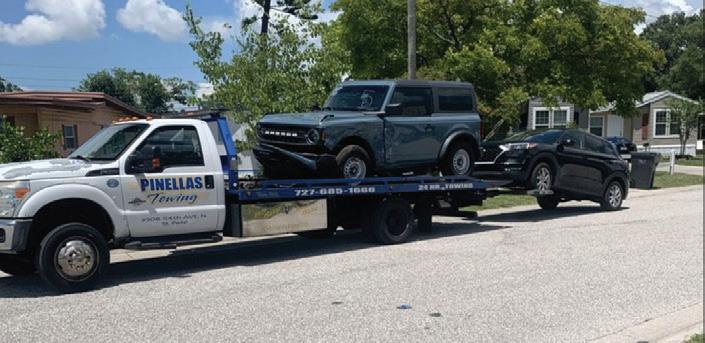
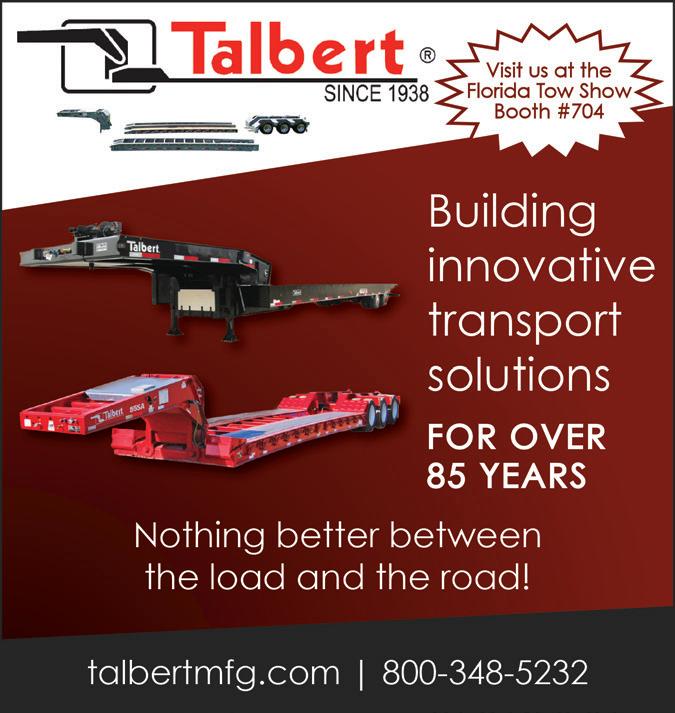
A tow truck searching for a stuck Amazon delivery vehicle ended up damaging a Florida man’s newly installed septic system, but the towing company stepped up and paid for the repairs.
Jerry Wolfe said he was stunned to find a tow truck from Pinellas Towing & Transport stuck in his backyard, one tire buried in his leach field. The driver, following GPS coordinates, had mistakenly driven about 60 paces beyond Wolfe’s shed onto private property.
Wolfe said the incident crushed his septic tank and caused $3,700 in damage, but received a hand-delivered check for the full repair amount. The manager called it an “honest mistake” and said they were committed to making things right, a move Wolfe appreciated. The Amazon truck was ultimately found a quarter-mile away.
Source: wfla.com

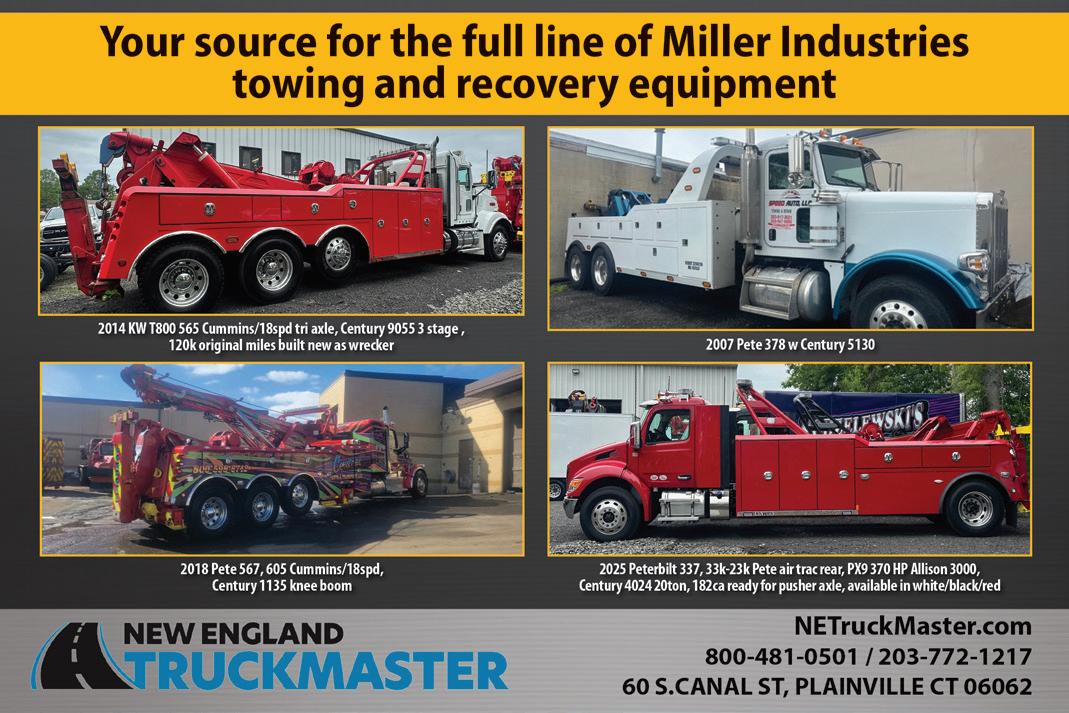
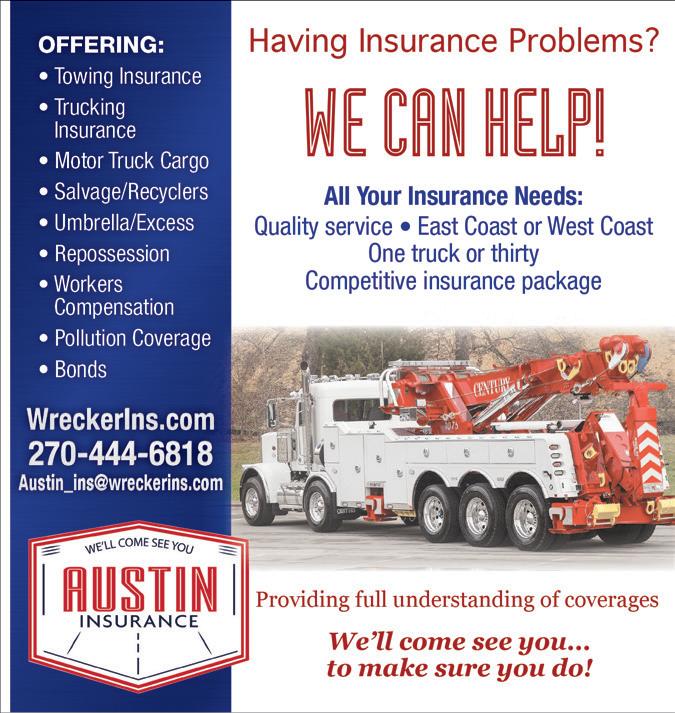
More than 100 tow trucks formed a funeral procession across Kansas City on June 21, honoring Robert “Bobby” Jenkins, a towing industry veteran who passed away on June 12.
The procession began at the Jackson County Tow Service lot in Blue Springs, owned by Bobby’s son, Robert Jenkins. From there, the convoy traveled west along I-70, exited onto I-635, and concluded at a funeral home in Kansas City, Kansas, where services were held.
Bobby Jenkins spent over 45 years in the towing industry, with the past nine supporting his son’s business. Known for his vast knowledge and generosity, Bobby mentored many across the region. “His legacy will live on through all the people he has trained,” the company posted online. “Bobby was loved by many. All we ask is that you never forget what he’s done out on our highways.”
Source: kctv5.com



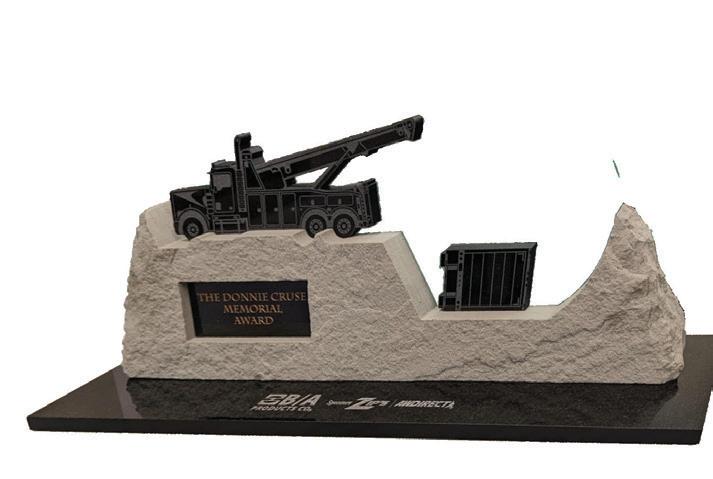





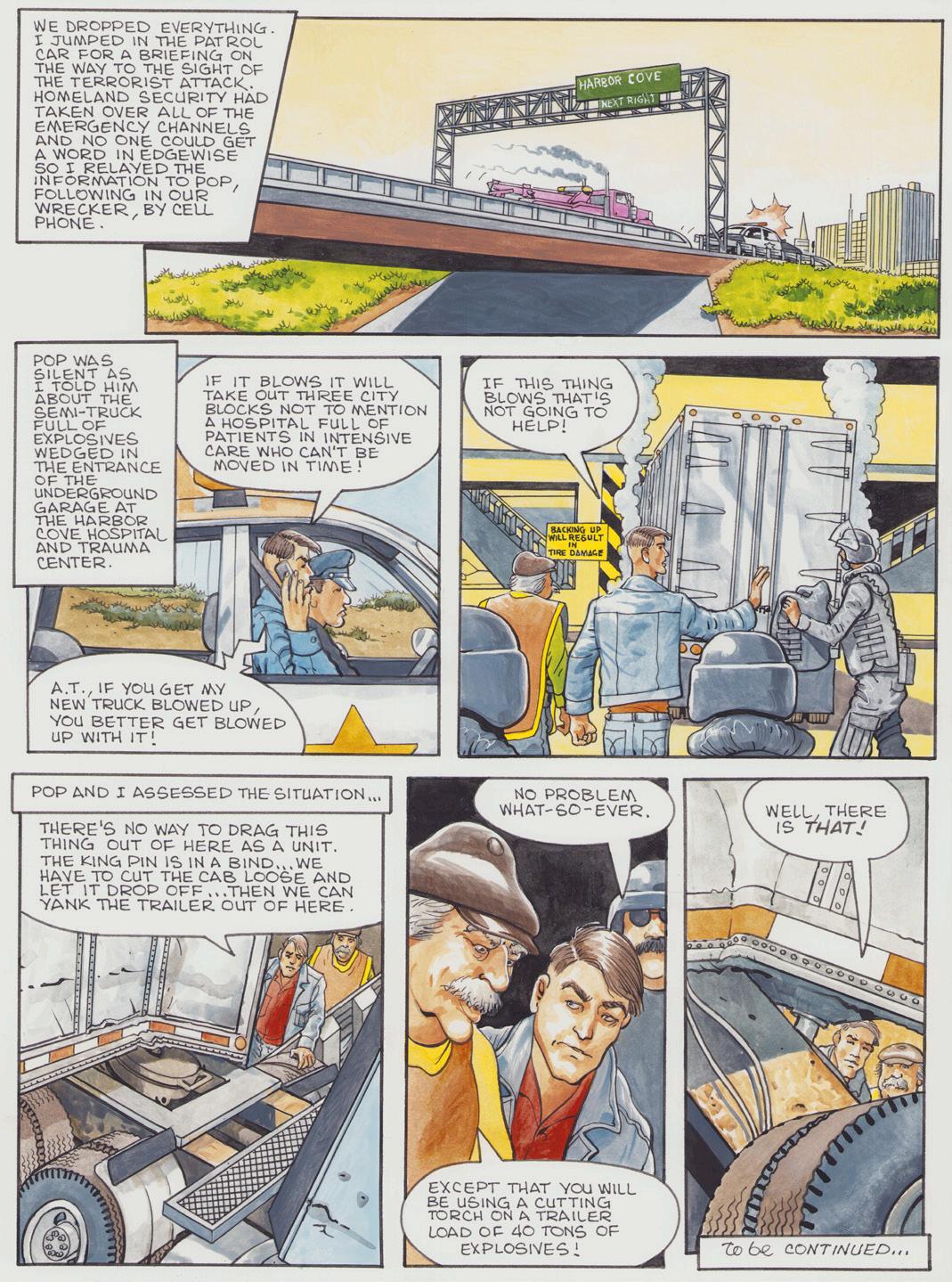


A Kansas City woman has won a $7.1 million judgment in a landmark lawsuit against Haney’s Trucking and Tow, a company accused of predatory towing. The case, which dates back to 2022, centered on the illegal towing of her food truck, Crazy Tacos, from an unmarked, vacant lot.
Attorney Brianne Thomas said the truck was taken within 30 minutes—without the property owner's presence, a violation of Missouri law. The tow company later demanded thousands for its return, then held the vehicle for 699 days, attempting to transfer ownership.
A Jackson County jury awarded $6.9 million in punitive damages and $200,000 in compensatory damages. Though the woman recovered her food truck, it was heavily damaged and unusable. Haney’s Trucking and Tow has reportedly shut down operations and changed names. The plaintiff’s attorneys vow to collect the
full award and continue fighting illegal towing in Missouri.
Source: yahoo.com
A tow truck searching for a stuck Amazon delivery vehicle ended up damaging a Florida man’s newly installed septic system, but the towing company stepped up and paid for the repairs.
Jerry Wolfe said he was stunned to find a tow truck from Pinellas Towing & Transport stuck in his backyard, one tire buried in his leach field. The driver, following GPS coordinates, had mistakenly driven about 60 paces beyond Wolfe’s shed onto private property.
Wolfe said the incident crushed his septic tank and caused $3,700 in damage, but received a hand-delivered check for the full repair amount. The manager called it an “honest mistake” and said they were committed to making things right, a move Wolfe appreciated. The Amazon truck was ultimately found a quarter-mile away.
Source: wfla.com
I-635, and concluded at a funeral home in Kansas City, Kansas, where services were held.
Bobby Jenkins spent over 45 years in the towing industry, with the past nine supporting his son’s business. Known for his vast knowledge and generosity, Bobby mentored many across the region. “His legacy will live on through all the people he has trained,” the company posted online. “Bobby was loved by many. All we ask is that you never forget what he’s done out on our highways.”
Source: kctv5.com

More than 100 tow trucks formed a funeral procession across Kansas City on June 21, honoring Robert “Bobby” Jenkins, a towing industry veteran who passed away on June 12.
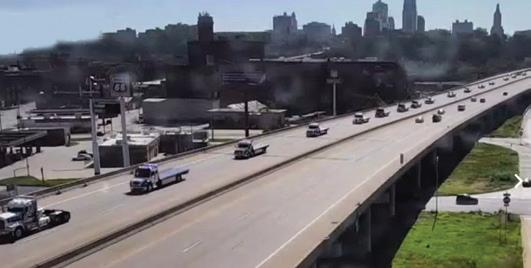
The procession began at the Jackson County Tow Service lot in Blue Springs, owned by Bobby’s son, Robert Jenkins. From there, the convoy traveled west along I-70, exited onto
Toronto police arrested 20 individuals in a sweeping crackdown on organized crime within the city’s towing industry. The arrests stem from a long-term wiretap investigation into a group police say is known as "the Union," allegedly responsible for orchestrating numerous violent acts, including arsons and shootings.
The suspects, ranging in age from 17 to 53, face over 100 charges. Police say towing-related violence is a growing concern, citing 63 firearm incidents tied to tow-truck disputes in 2024 alone—nearly 13% of all such cases citywide. The operation came just days after police arrested 18 others in a similar towing-related bust.
Source: https://www.cbc.ca
A Detroit woman has been charged after allegedly opening
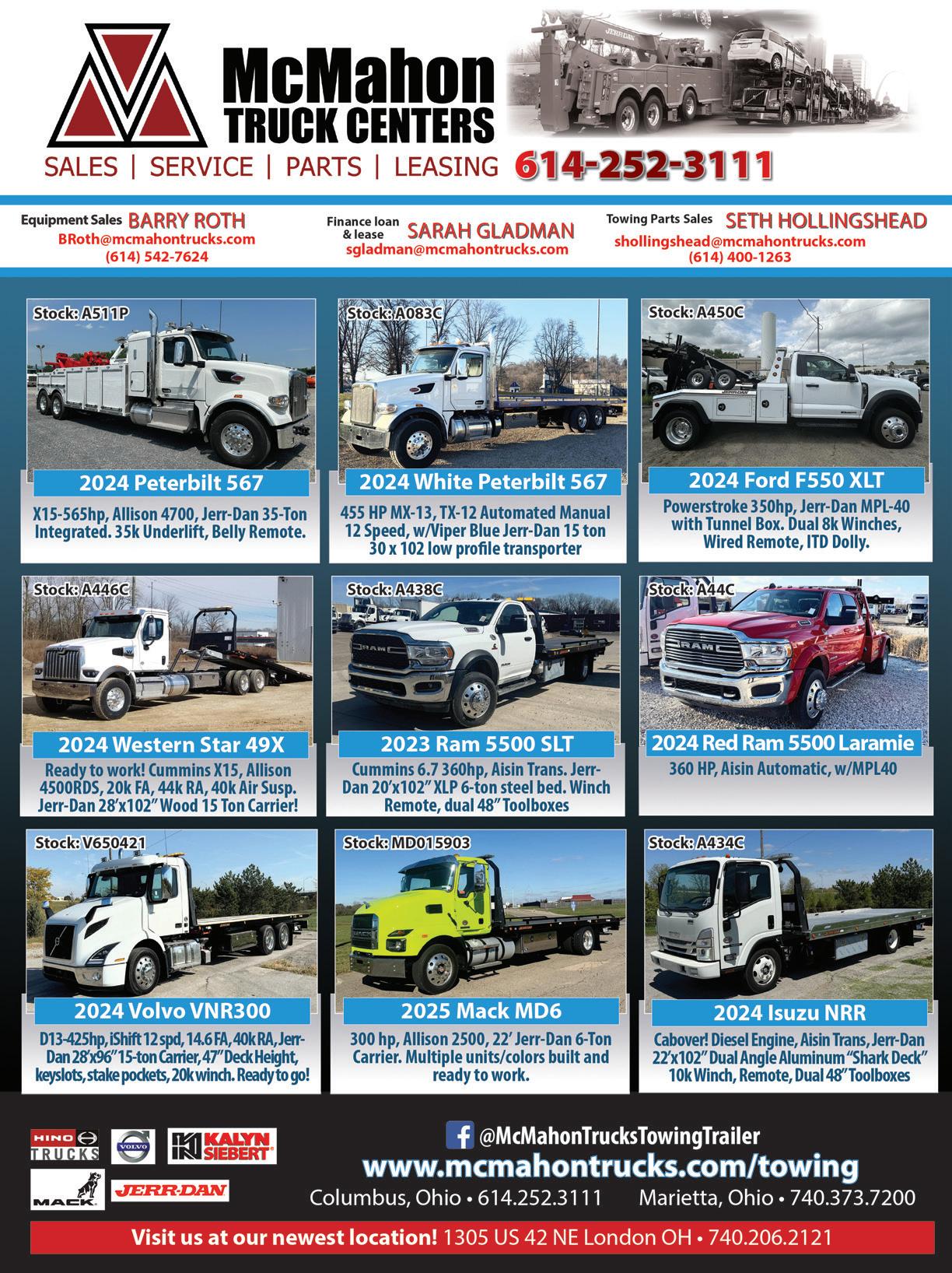

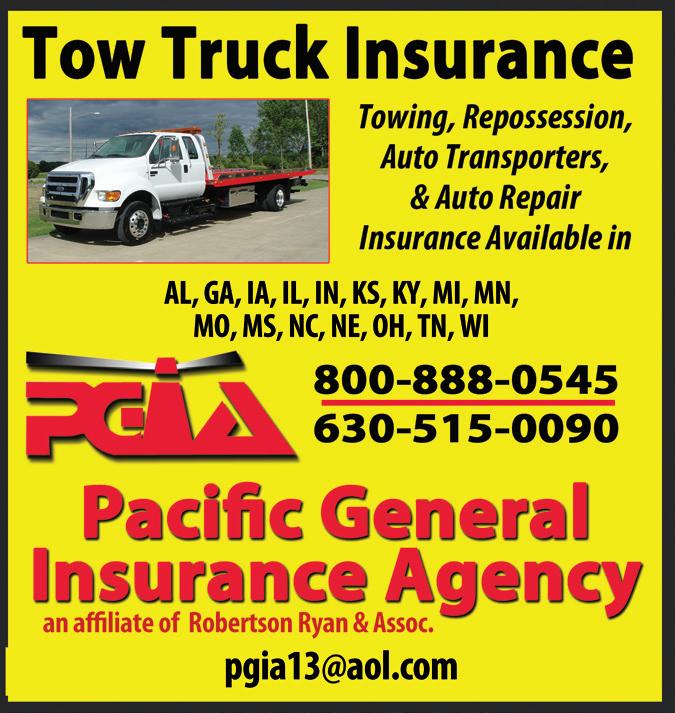
fire on a man attempting to repossess her vehicle, authorities said. Shaquanda Danielle Tankersley, 38, was arraigned on charges of assault with intent to murder and felony firearm use.
According to Detroit police, officers on patrol witnessed a woman shooting at a truck and its driver. Investigators allege Tankersley fired multiple shots after the victim repossessed her vehicle. Officers returned fire, striking Tankersley in the upper torso. She was treated at a hospital and later released. If convicted, she faces up to life in prison.
Source: detroitnews.com

Marshun Colbert, 26, has turned himself in after being accused of shooting repo agent Joe Yancy point blank during a repossession attempt on June 8, 2025 in Mississippi. Yancy, an agent with All Star Recovery, was attempting to repossess an SUV when an argument broke out with Colbert. Despite Yancy agreeing to drop the vehicle, Colbert allegedly fired a single shot, critically wounding him.
Yancy managed to flee and drive himself to a hospital. He was later transferred to Regional One in Memphis, where he was put into a medically induced coma.
Source: curepossession.com msn.com
Frank’s Automotive, LLC of Bowling Green, Ohio, has been awarded the Bowling Green Chamber of Commerce’s

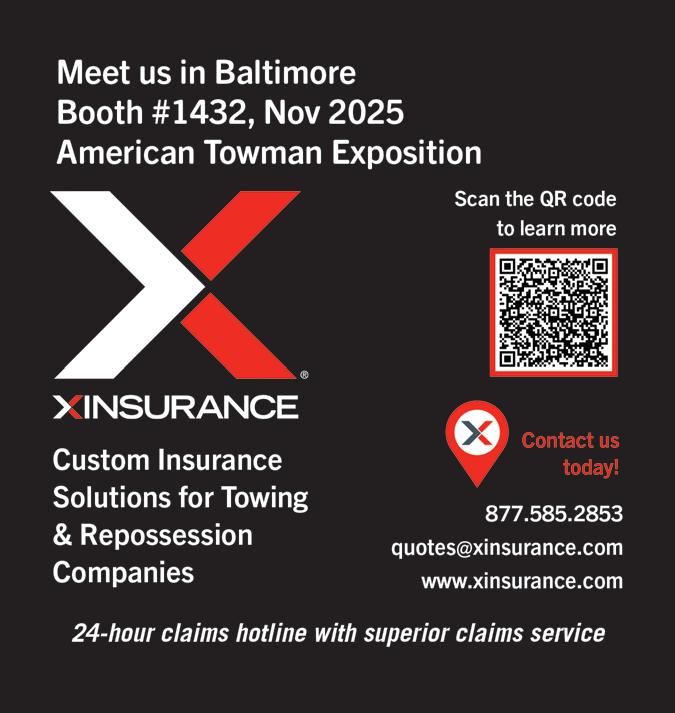
first-quarter Investor Grant, which the company will use to help improve tow truck driver safety.
Office Manager Wendy Weldon applied for the grant to help purchase two Safe All PING Advance Road Warning Systems from Zips AWDirect. The systems will be installed on their tow trucks to alert oncoming traffic and encourage drivers to slow down and move over during roadside operations.
“The Safe All PING Advance Road Warning System will deliver an advanced warning signal, alerting motorists to incidents ahead, approximately a half mile away,” Frank Weldon said.
Source: bgindependentmedia.org
The Towing and Recovery Association of Maine (TRAM) president Luke York and fellow leaders met with lawmakers this summer in Augusta, ME to advocate for policies that protect roadside professionals, ensure recovery op-
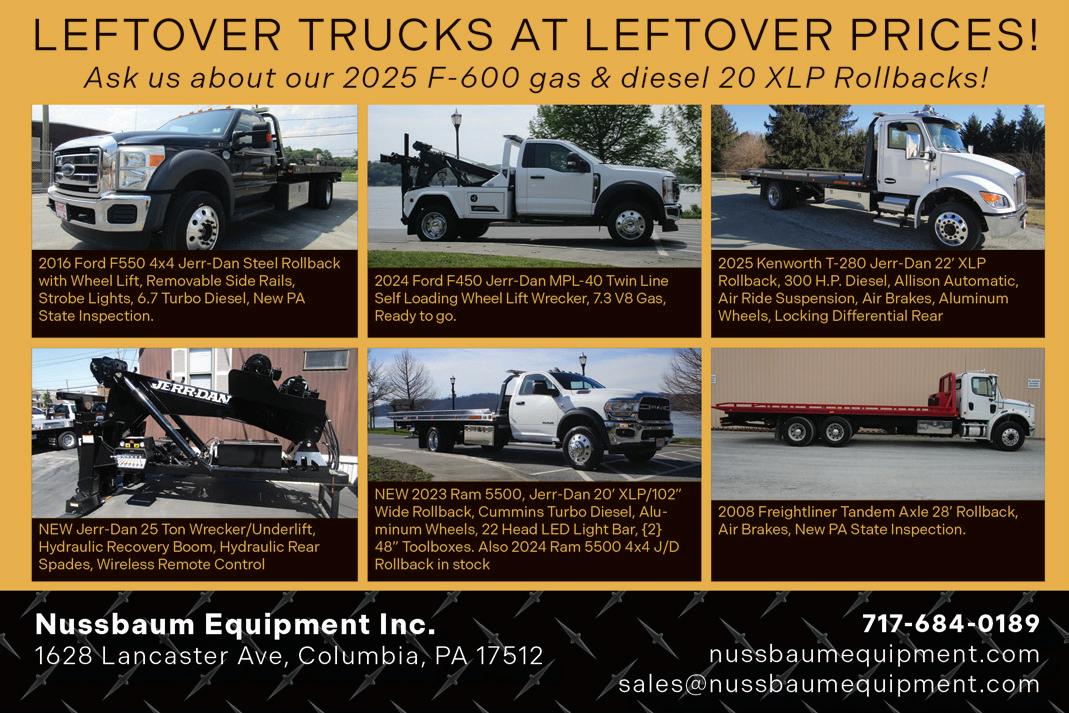

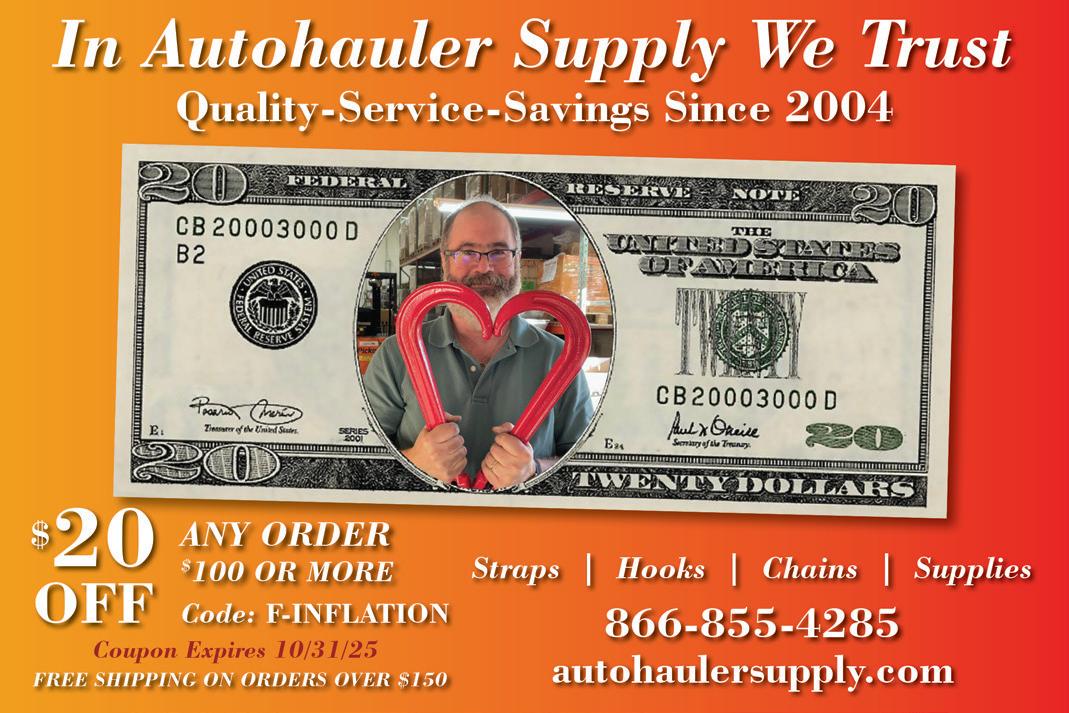

erators are compensated for crash-related services, and give the industry a voice in shaping legislation. This request centers on LD 1377, which would create a state-backed commission to examine the unique financial and regulatory challenges of the towing industry.
“We’re not looking for special treatment,” York added. “We’re asking lawmakers to acknowledge that our industry matters and deserves a seat at the table.”
In 2023, TRAM championed LD 1661, a law requiring insurers to include up to $500 in crash-related recovery coverage in minimum liability policies. When insurance companies tried to repeal the law in 2024, citing limited data, legislators refused. “The law hadn’t even been in place for a year,” York said. “Fortunately, lawmakers recognized its importance and chose to uphold it.”
York also addressed growing misconceptions around “predatory towing,” noting the term is often misapplied to police-ordered towing and recoveries. “That’s not predatory. That’s public safety.”

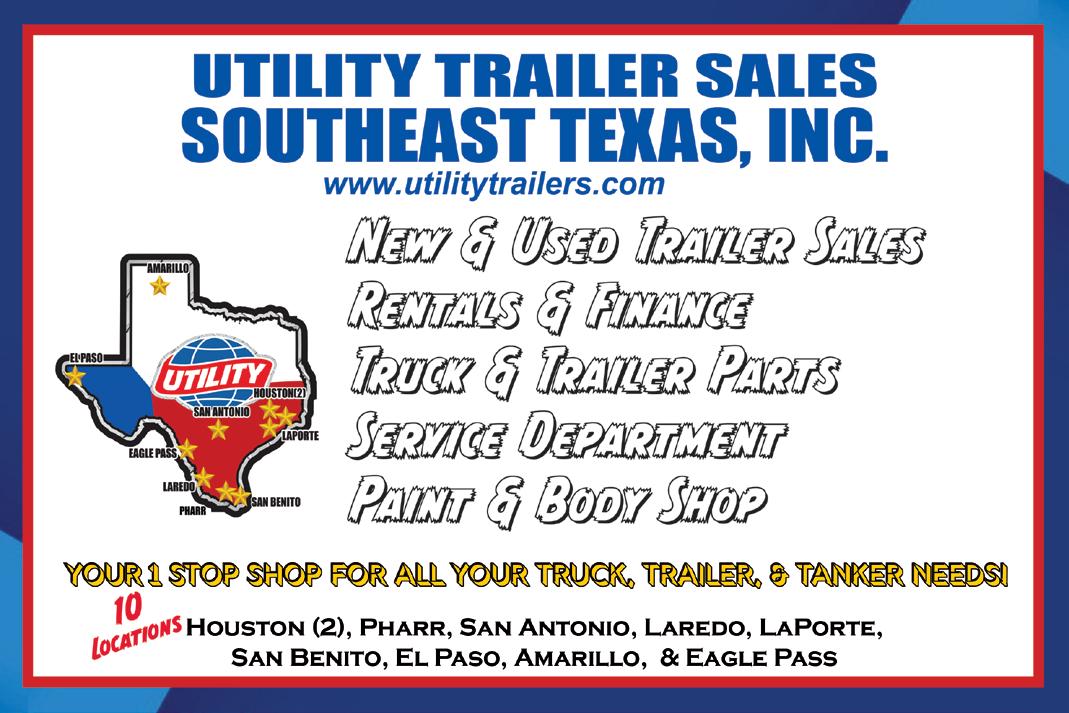
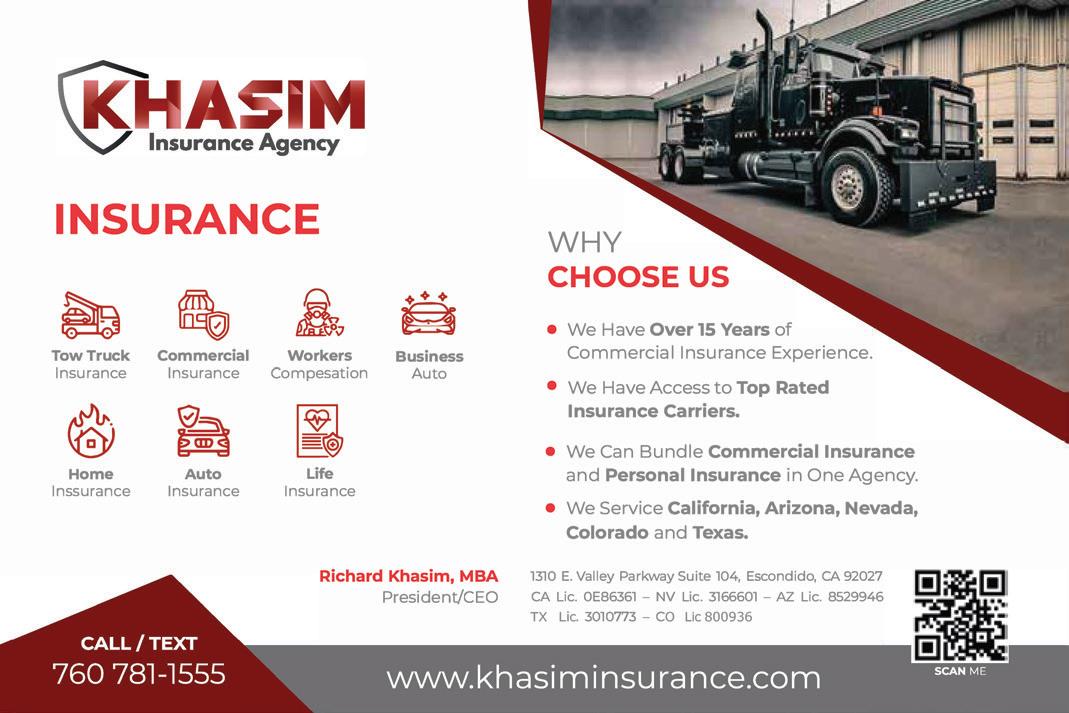

Rising costs for trucks, fuel, and labor were also part of the discussion. “There’s a perception that rates are excessive—we understand that concern,” York said. “These rates are not arbitrary; they reflect the true cost of providing safe, professional service around the clock—including equipment, training, insurance, and operational readiness.” Despite lacking the pay and benefits of police, EMS, or fire departments, tow operators are still expected to be ready 24/7. “If we want to be seen as the professionals we are, we need to show up,” York said. “Not just on the roadside, but at the State House too.”
Source: mainetowing.net
George L. Nitti, editor of Tow Industry Week and feature writer for American Towman Magazine, married his longtime sweetheart, Kerryl Ann Ebneter, in a heartfelt ceremony at Cinnamon Bay, St. John, U.S. Virgin Islands.




The couple was joined by their furry companion, Lily, as they exchanged vows on the beach, surrounded by the natural beauty of sea, sand, rock, and trees. The ceremony included readings from 1 Corinthians 13, the Book of Johrei, and a traditional Native American blessing, reflecting the couple’s spiritual values and connection to nature. Behind them stood two entwined trees, serving as a symbol of their union, representing rootedness, support, and enduring love.
Congratulations to American Towman’s Publishing Assistant and contributing Staff Writer Stephanie

Marchese on the arrival of her 7th (count ‘em, seven!) grandchild, Giuliana Isabel, born on April 7. We’re pretty sure Stephanie is already teaching her how to read and write—or maybe just how to steal Nana's heart! Wishing Stephanie and her growing family all the best as they welcome this precious addition.
Andrea Richardson, American Towman's Registration and Subscription Manager, and husband Roger are thrilled to announce the arrival of their son, Oliver Graham Richardson, born on June 5—happy, healthy, and weighing in on the larger side (earning the nickname “Heavy Duty” from
proud Grandpa!). Big sister Harper and the whole family are overjoyed to welcome their newest member.
AT Editor Steve Temple’s daughter Nicole just graduated from the veterinary school at Kansas State University. Dr. Nicole is now working at Arbor Clinic in Lodi, California. She’s specializing in exotic animals, but says she’ll will treat anything that fits through the front door.

Congratulations from all of us at American Towman Magazine!











